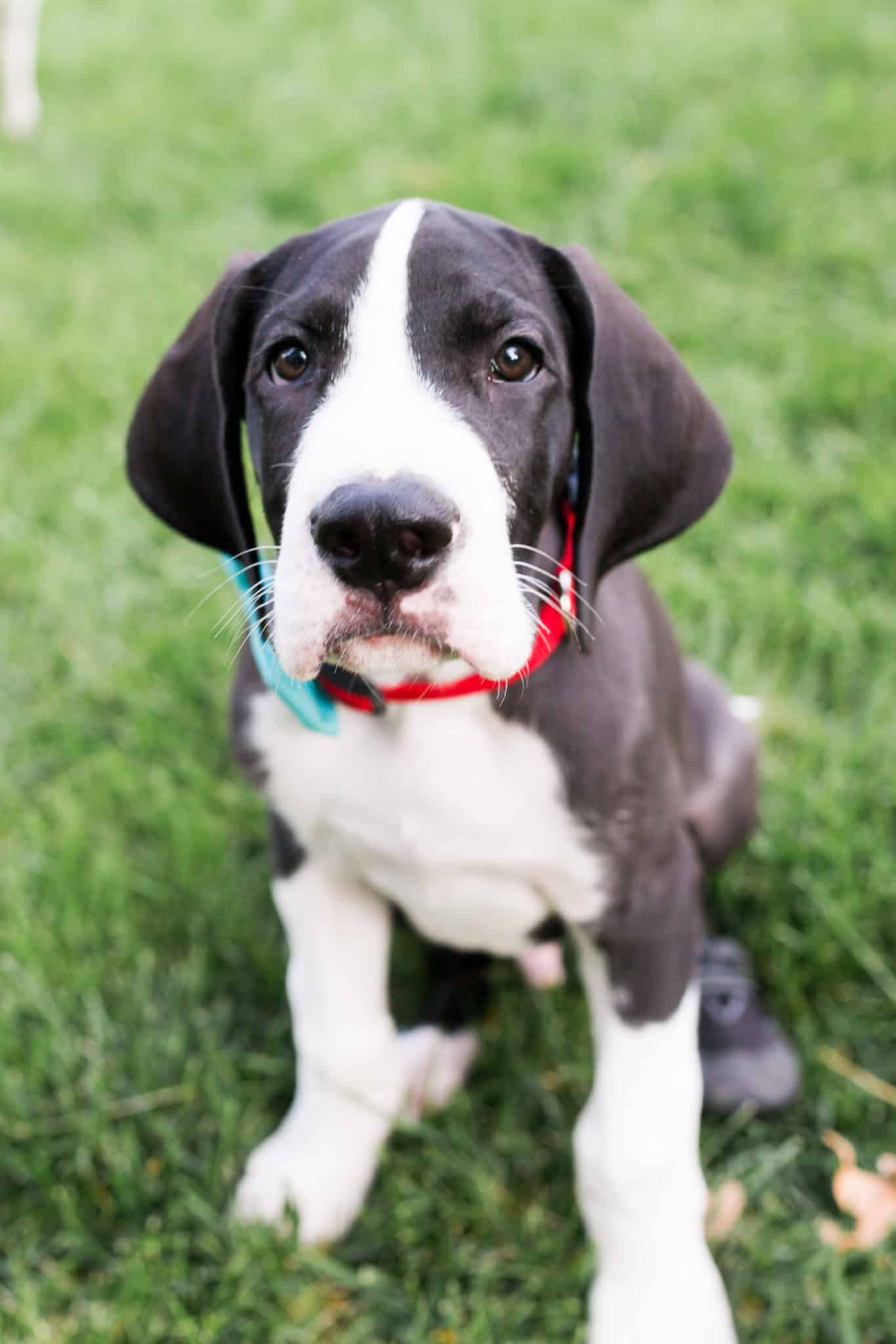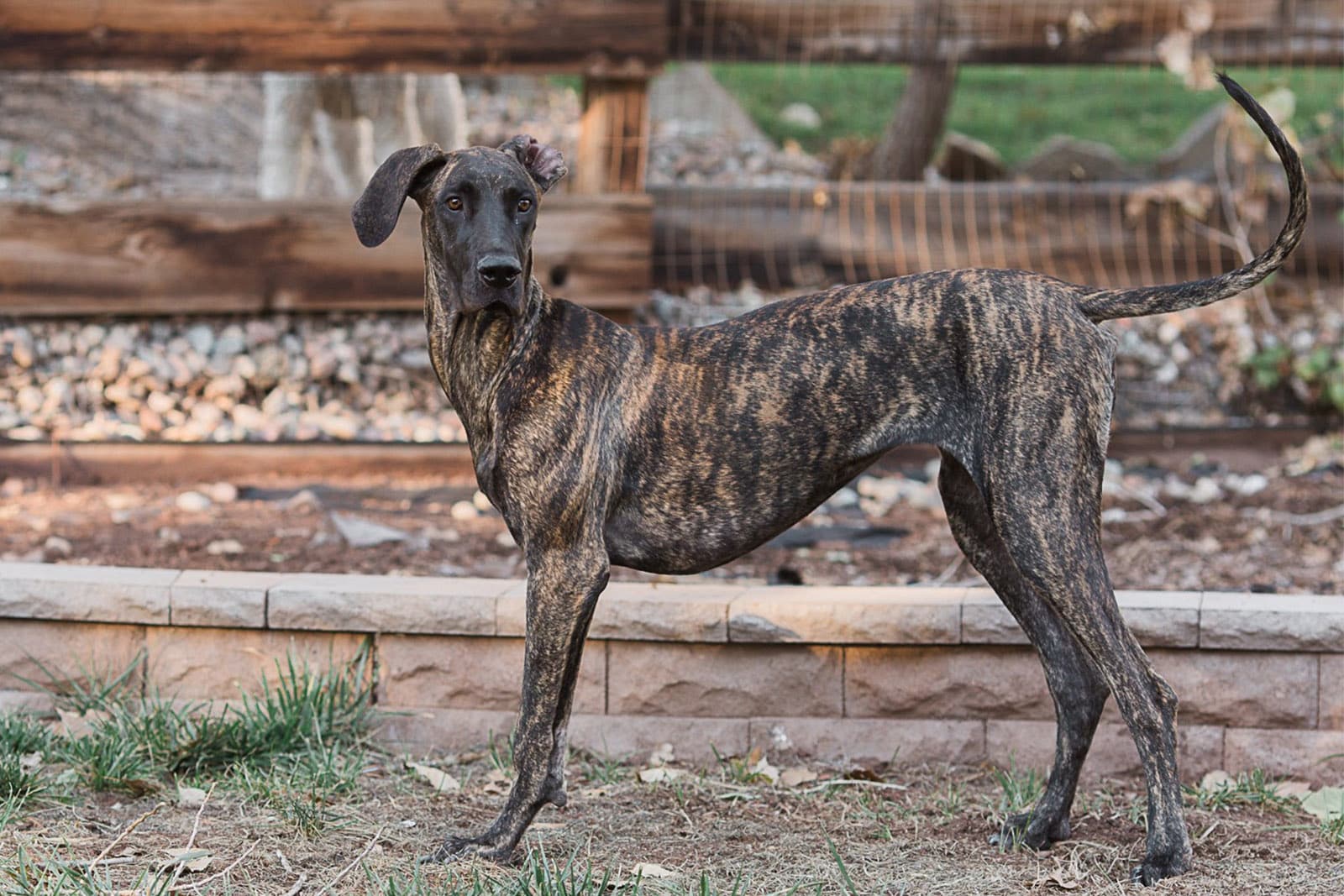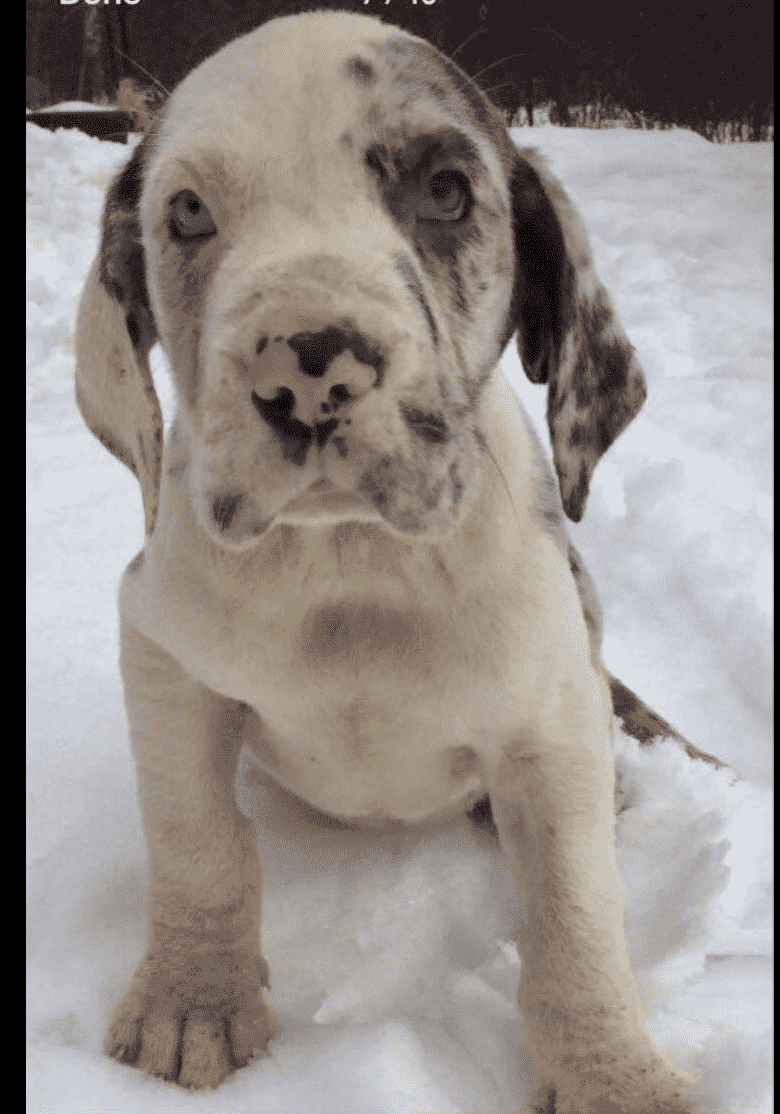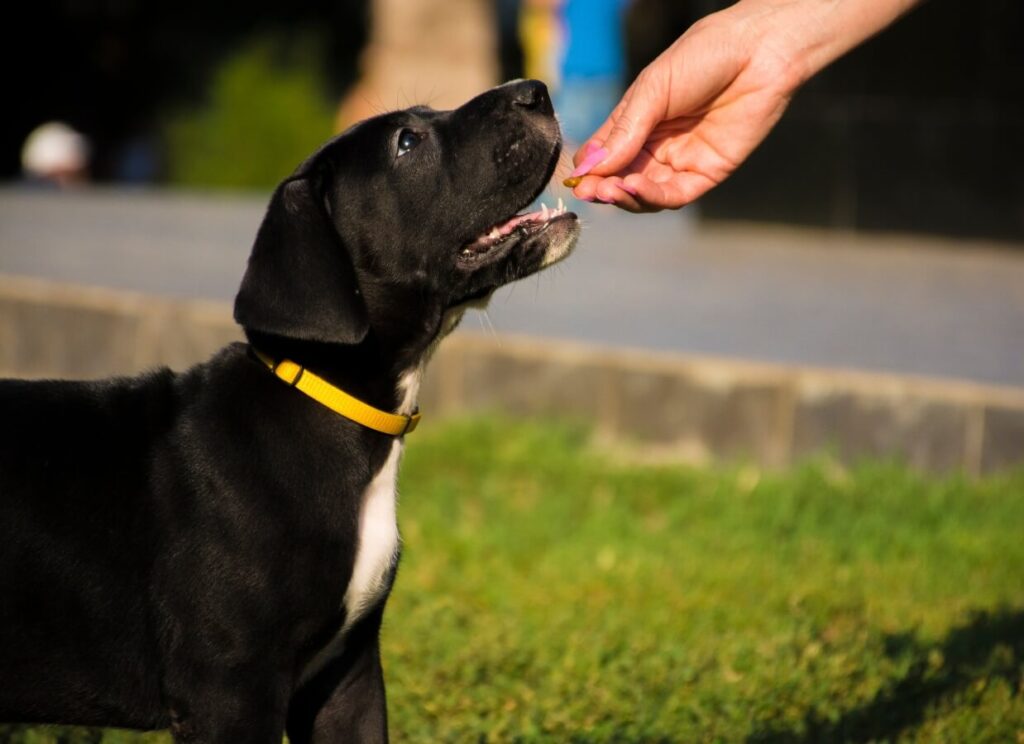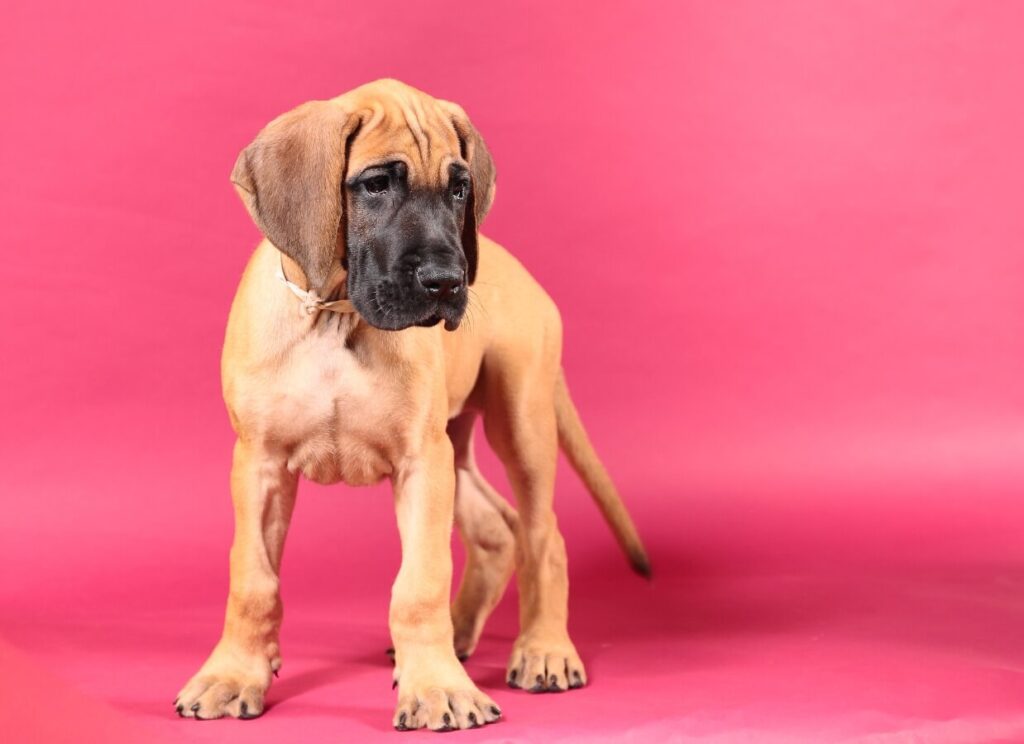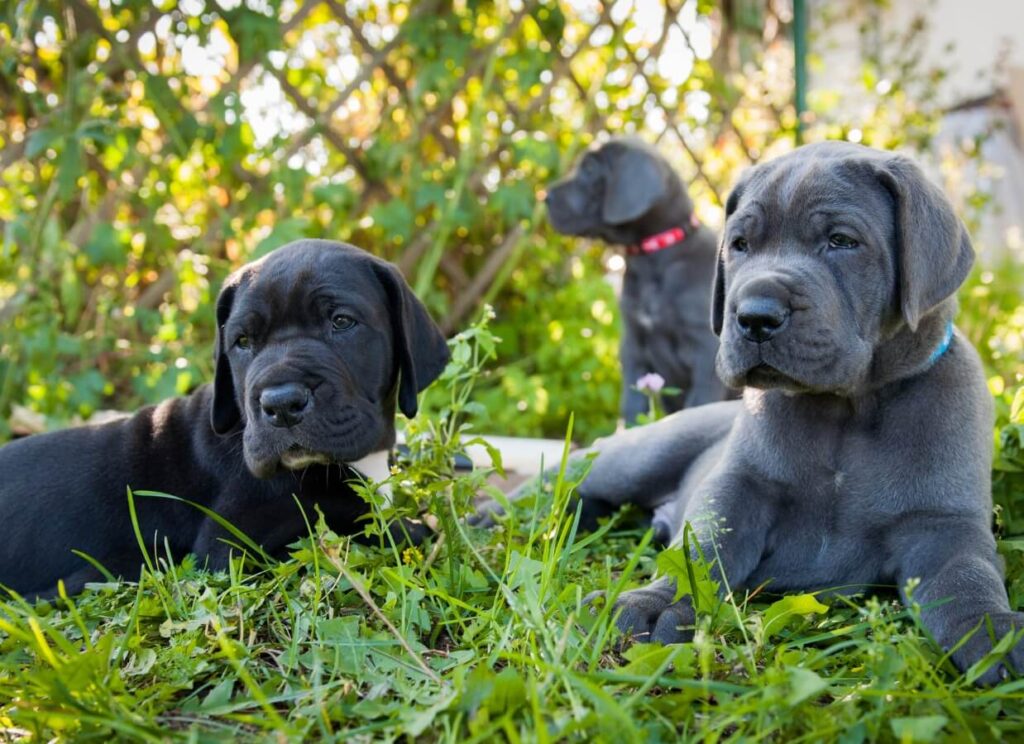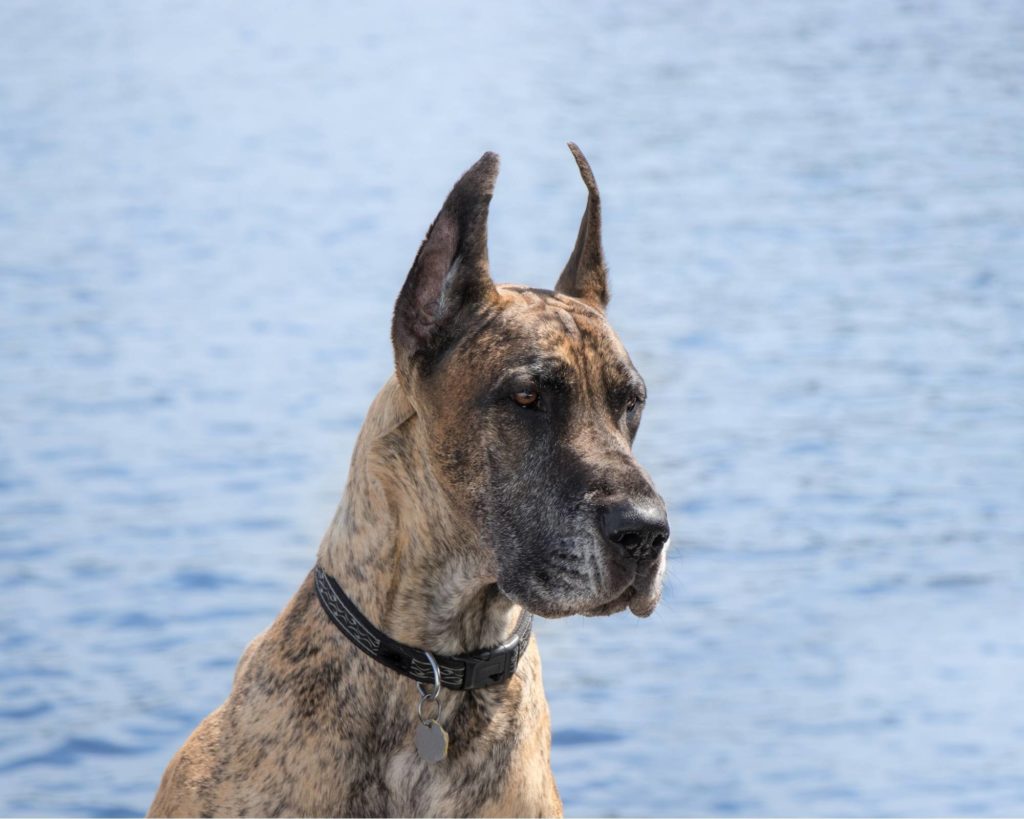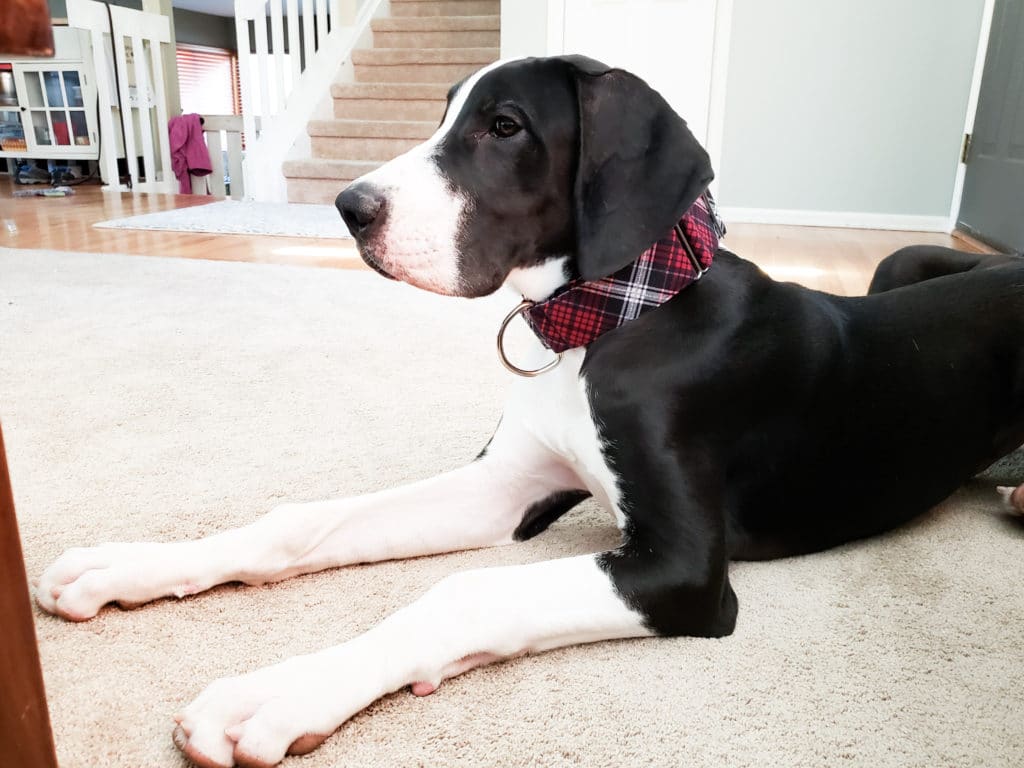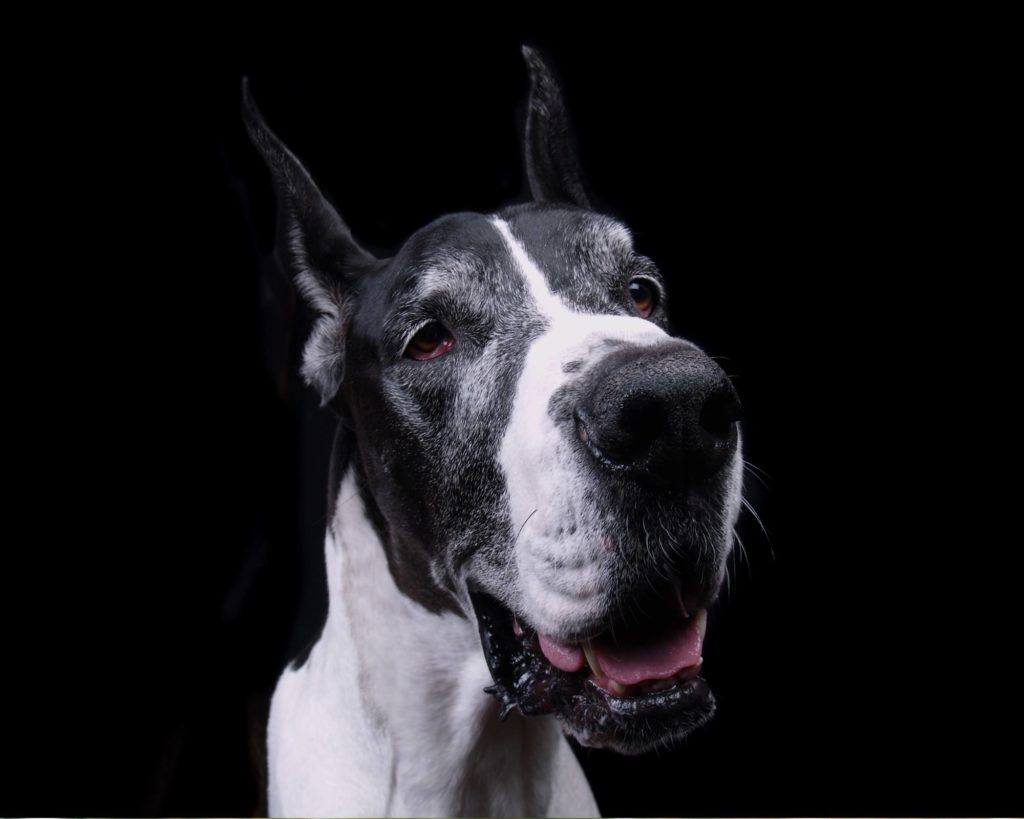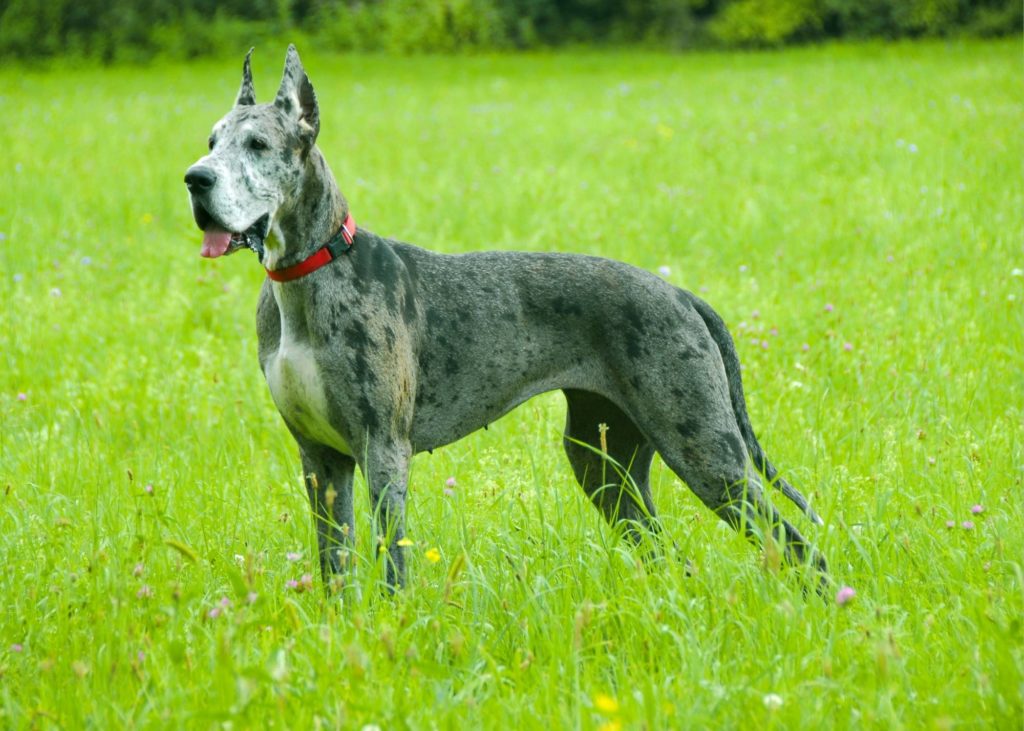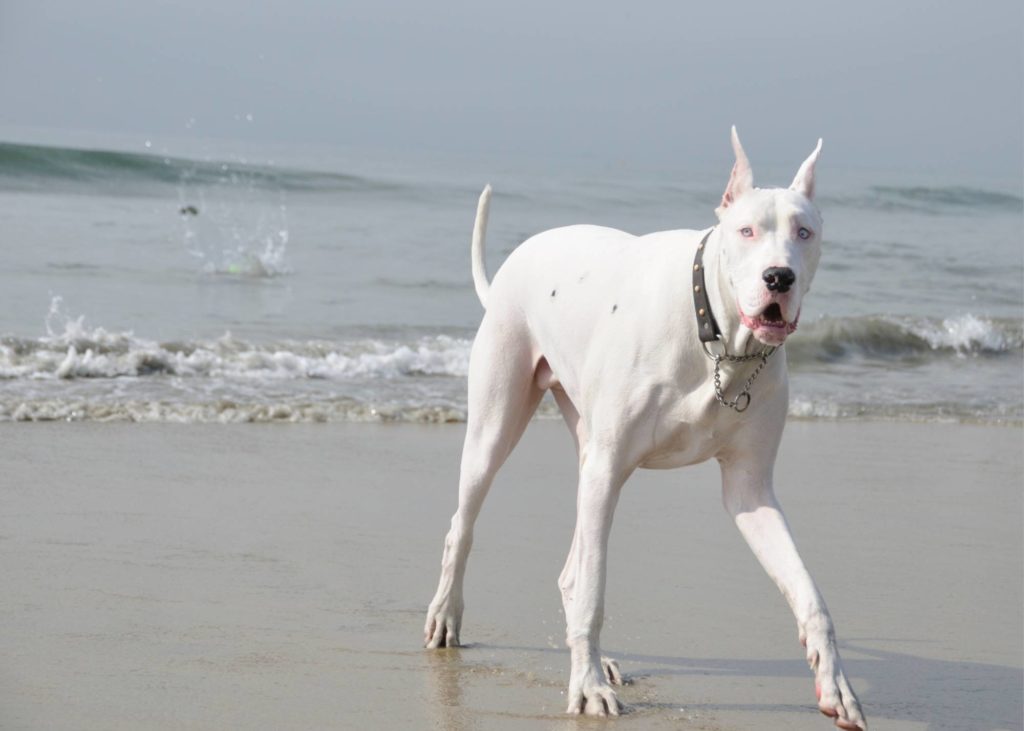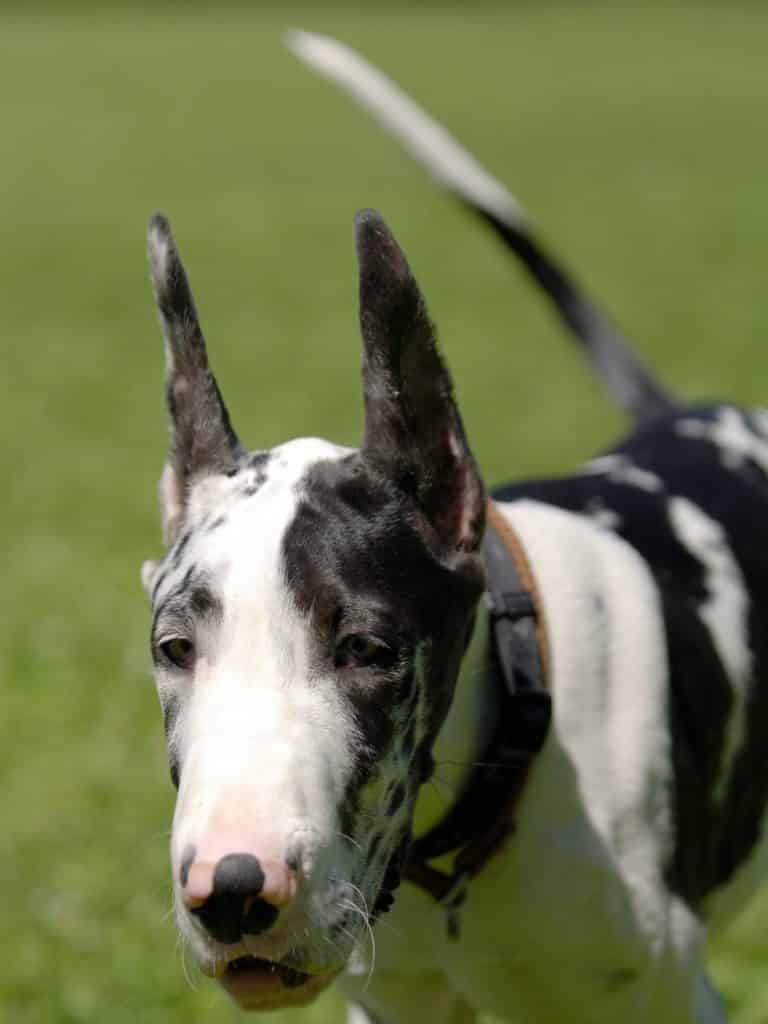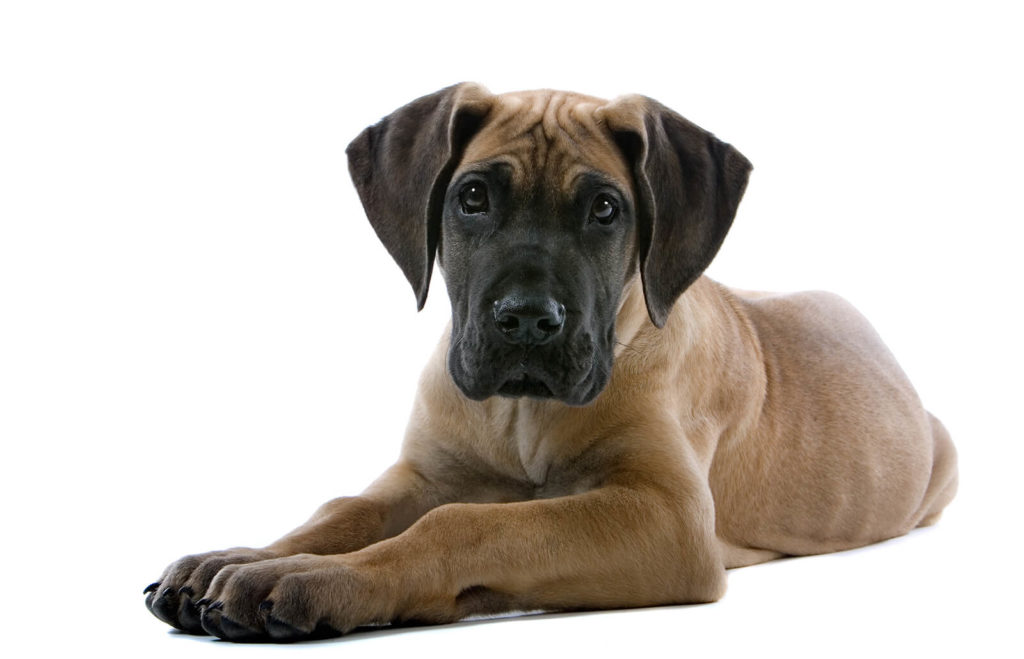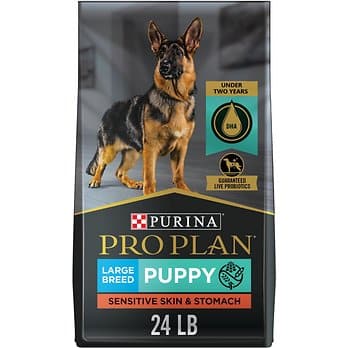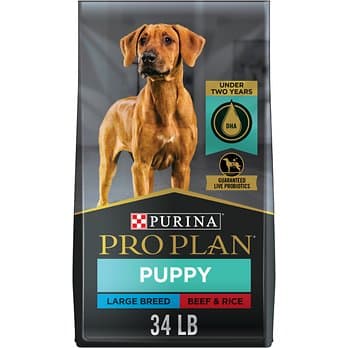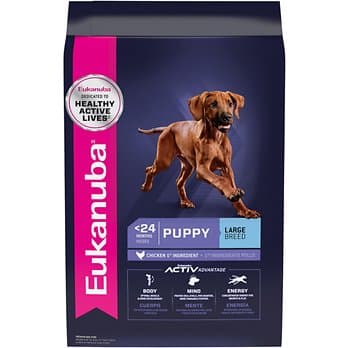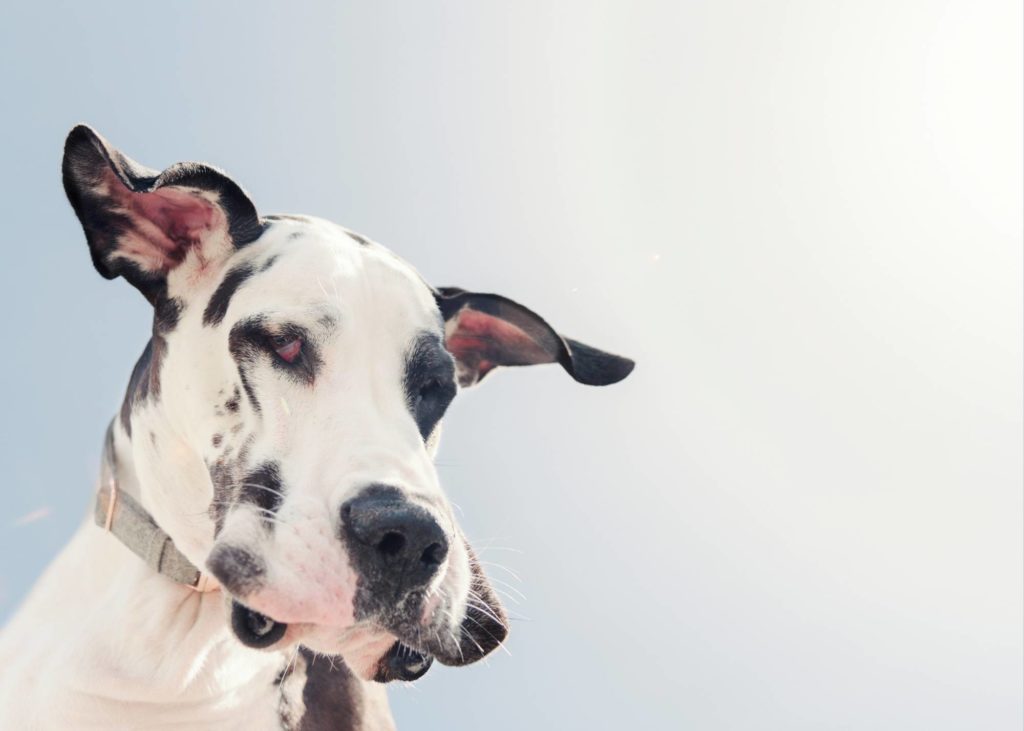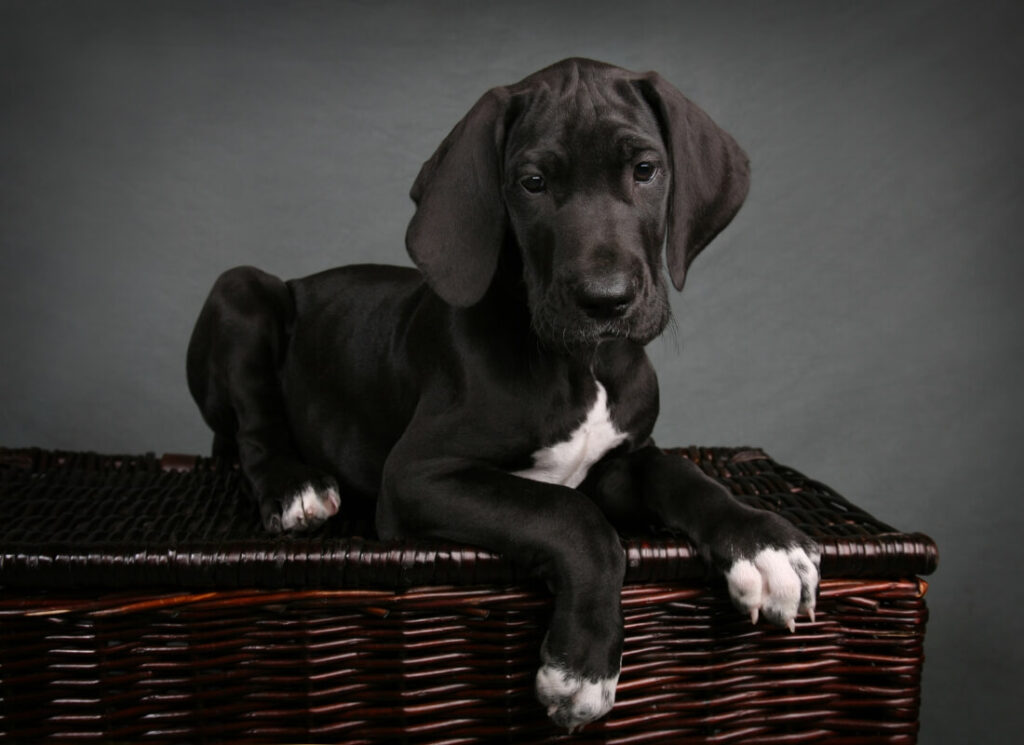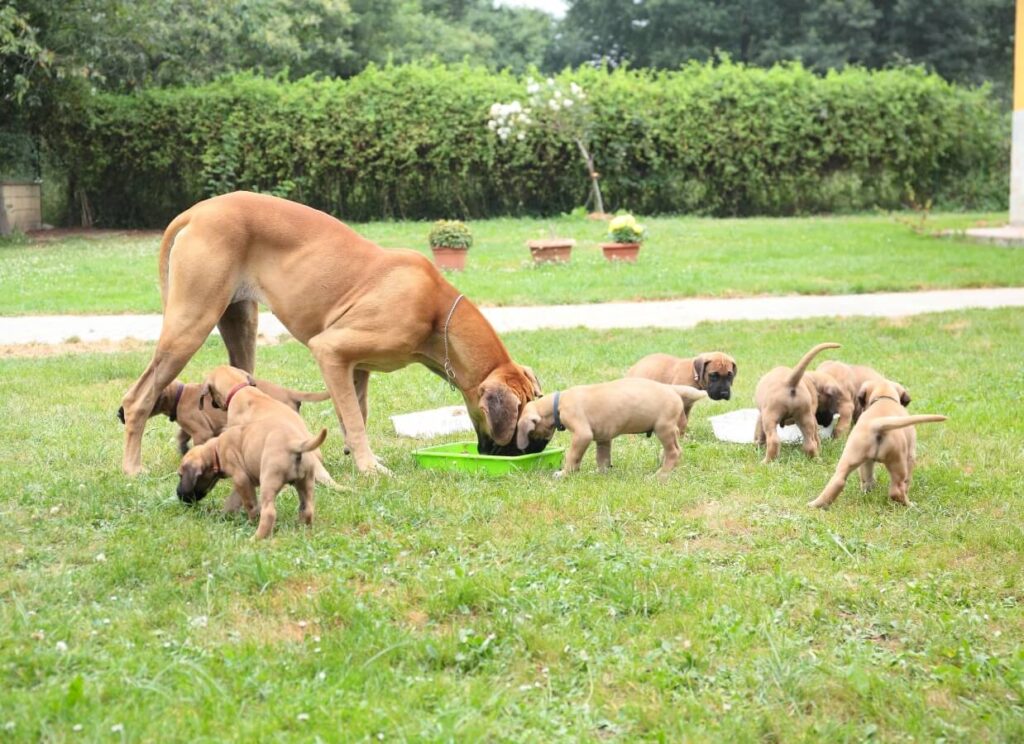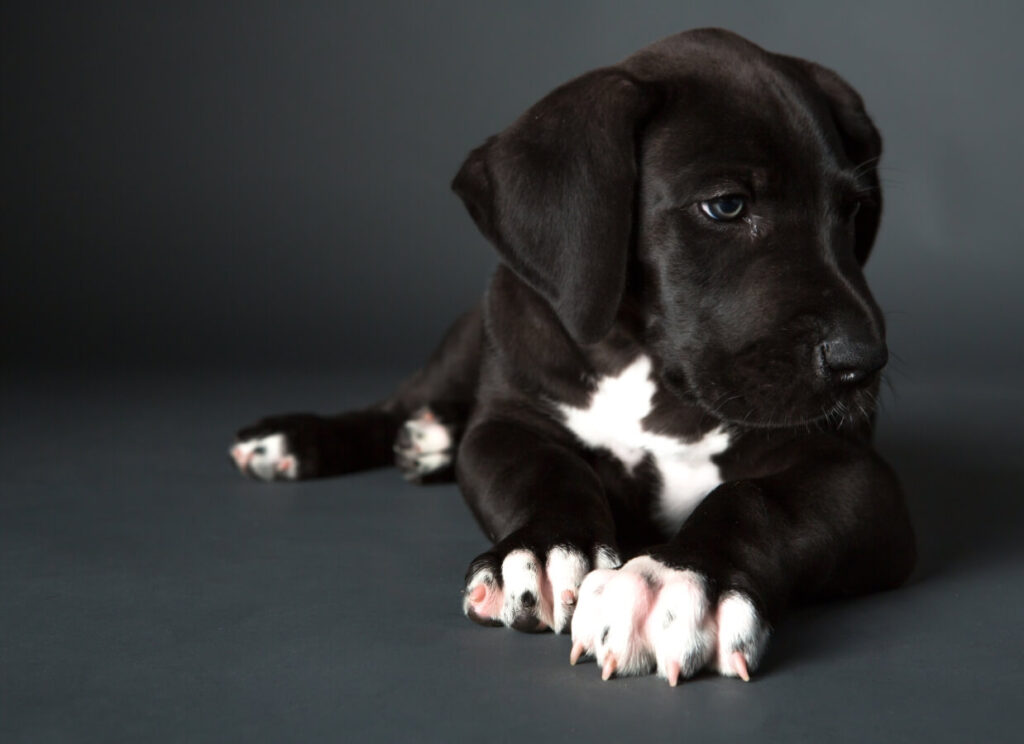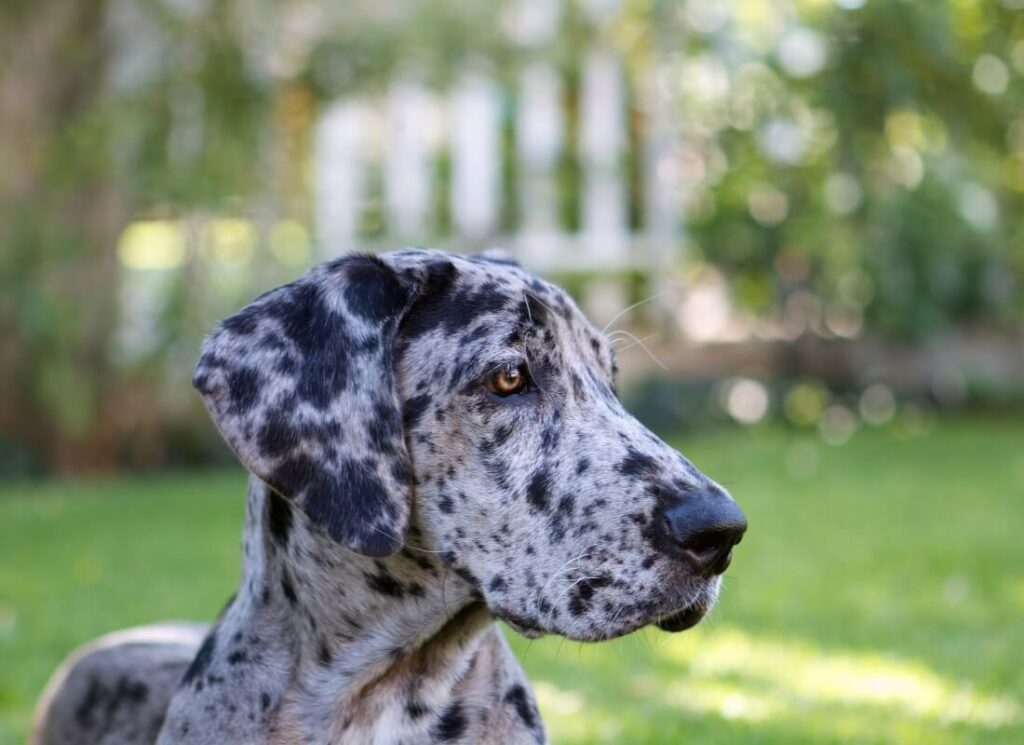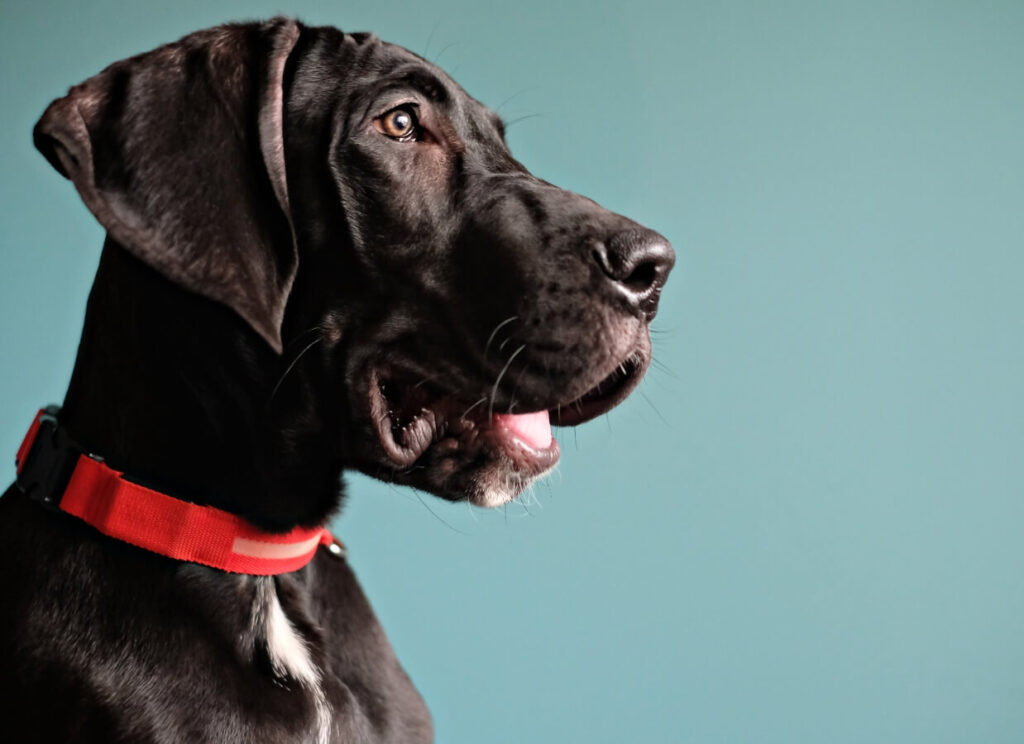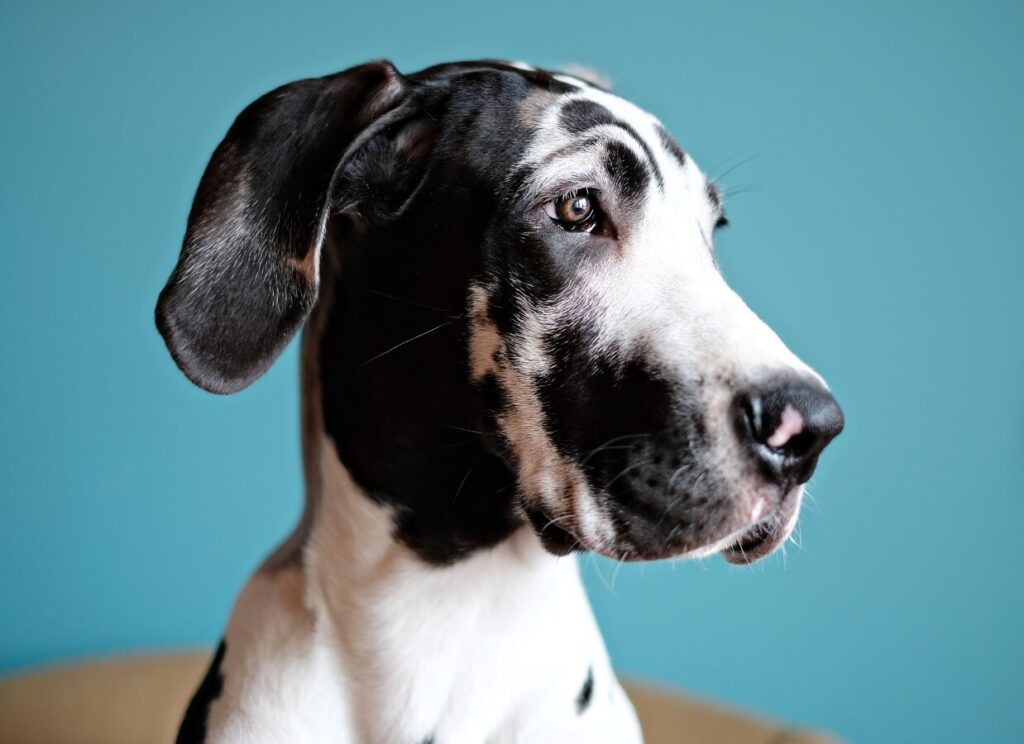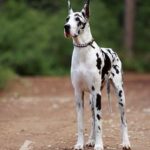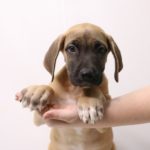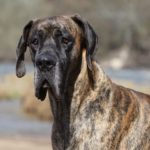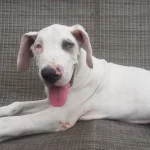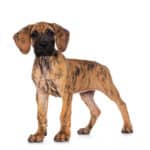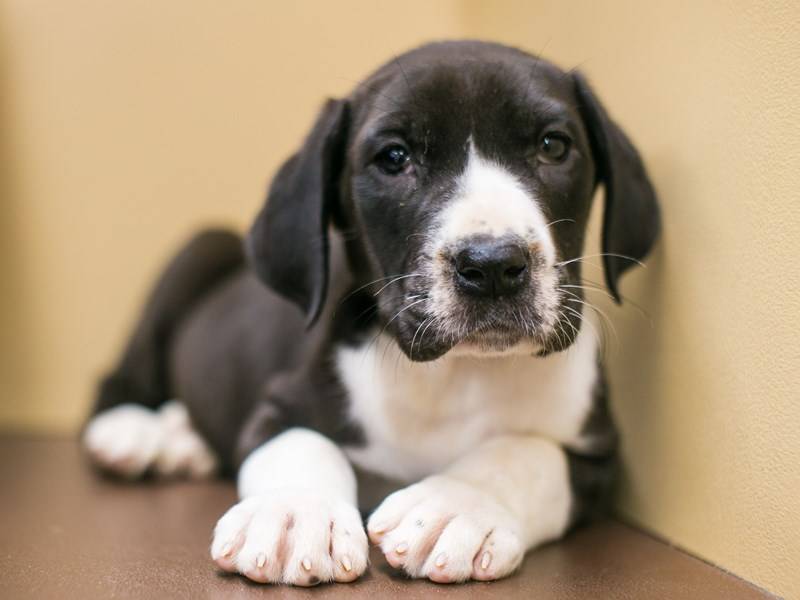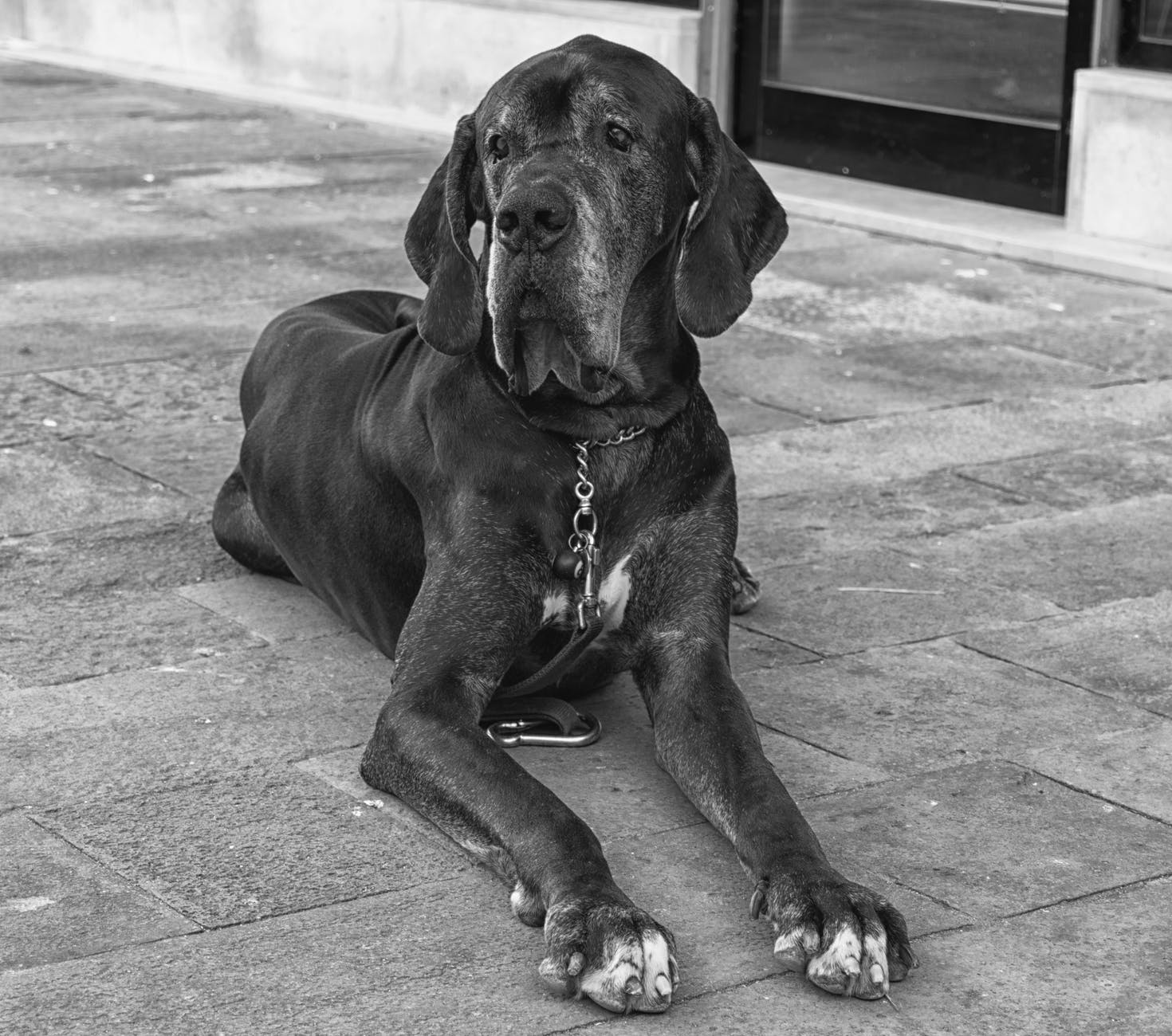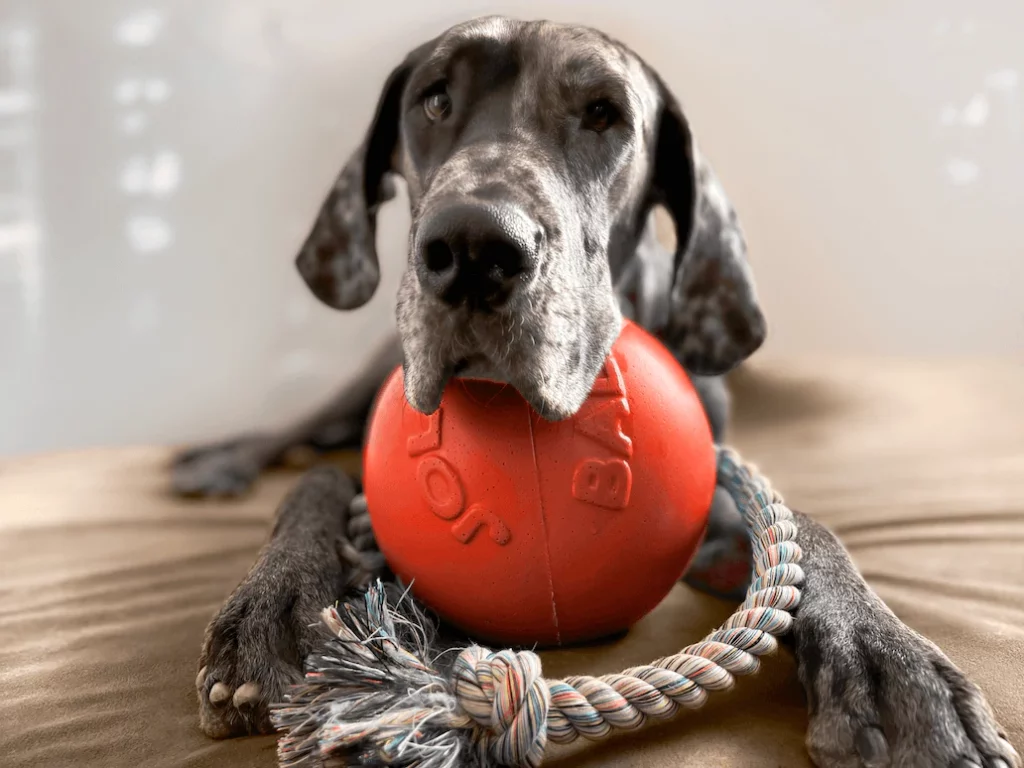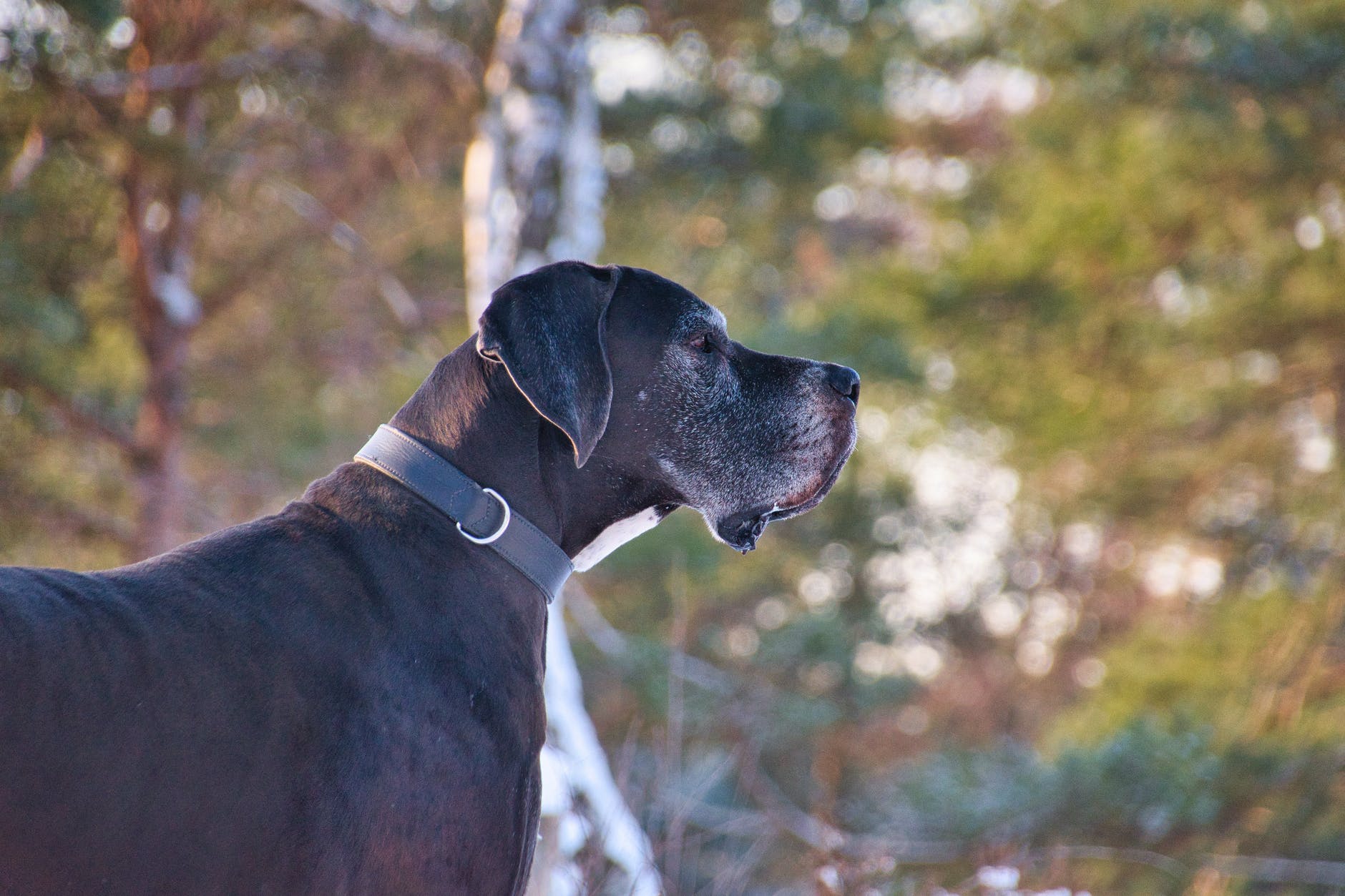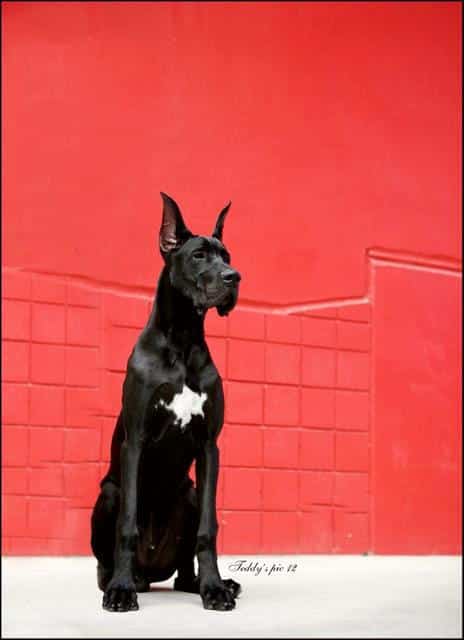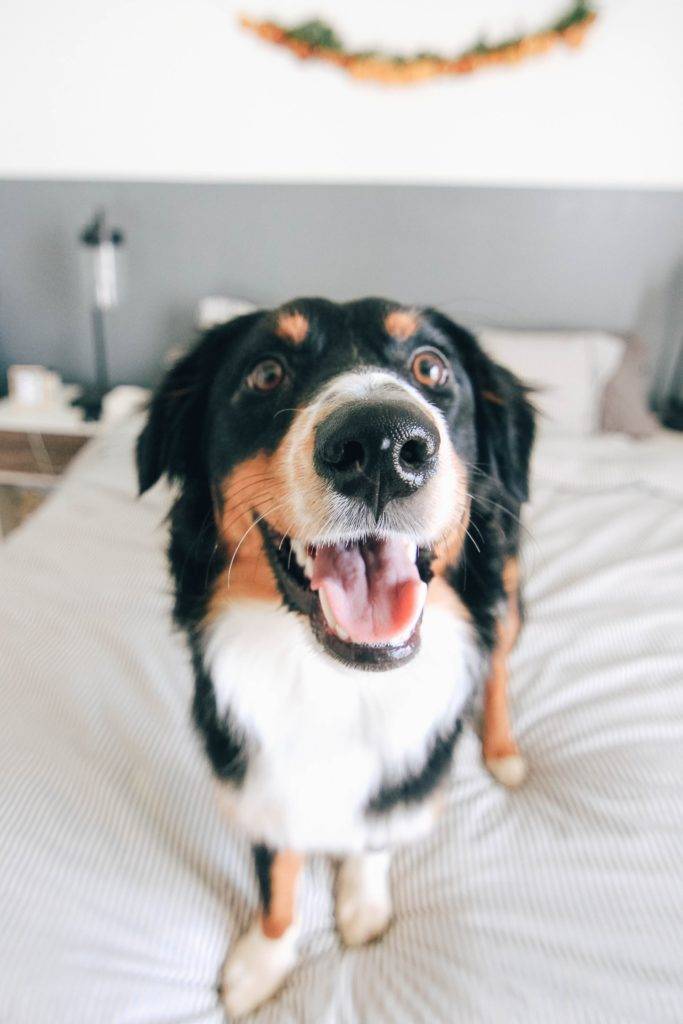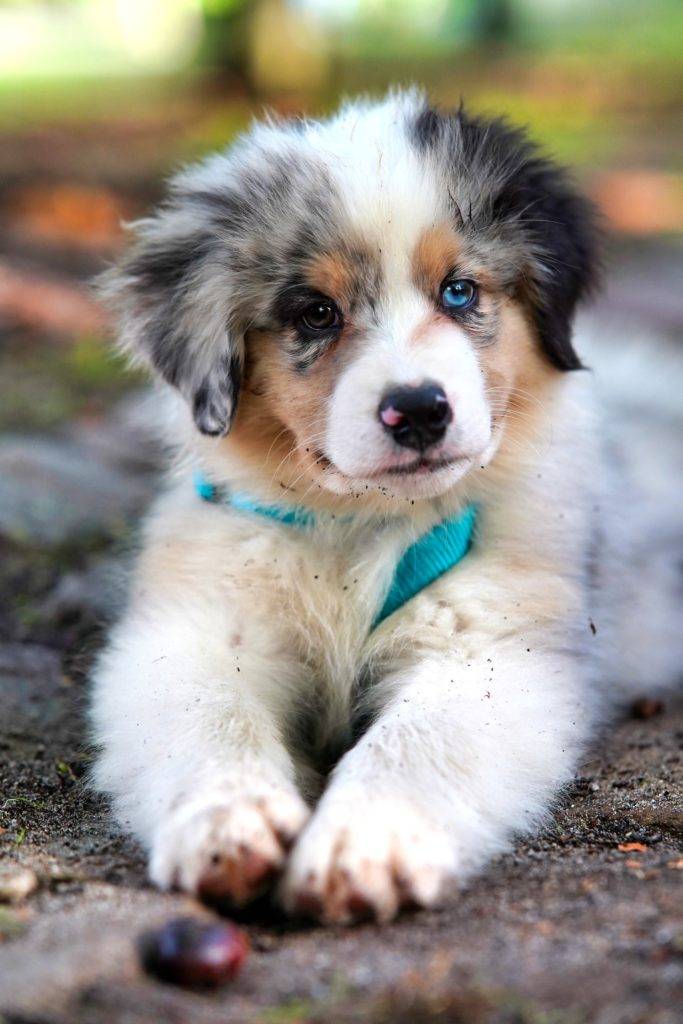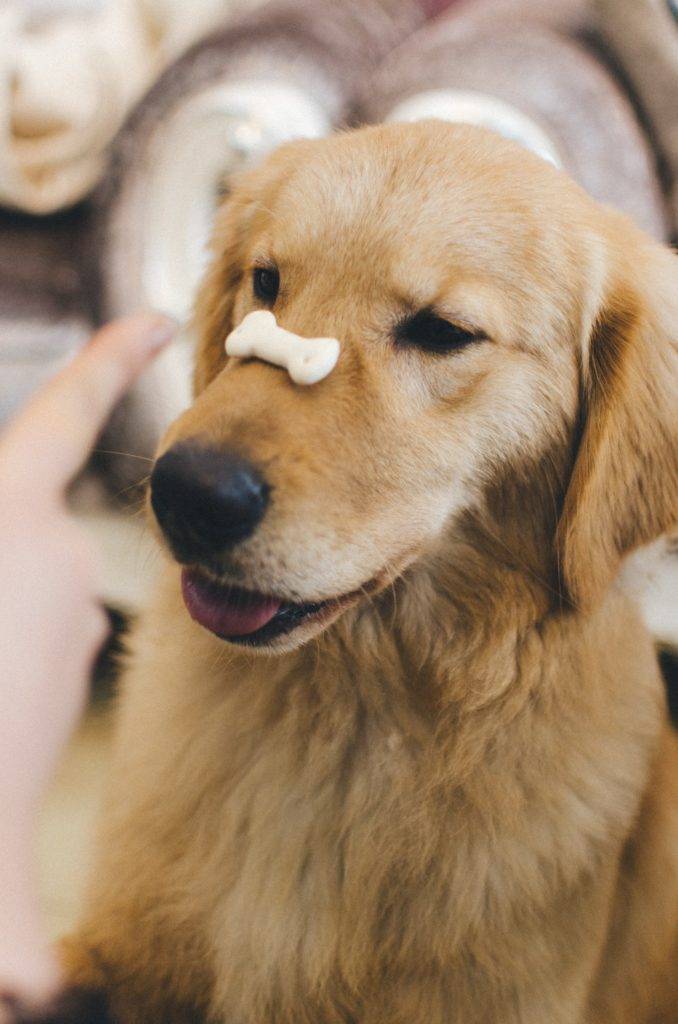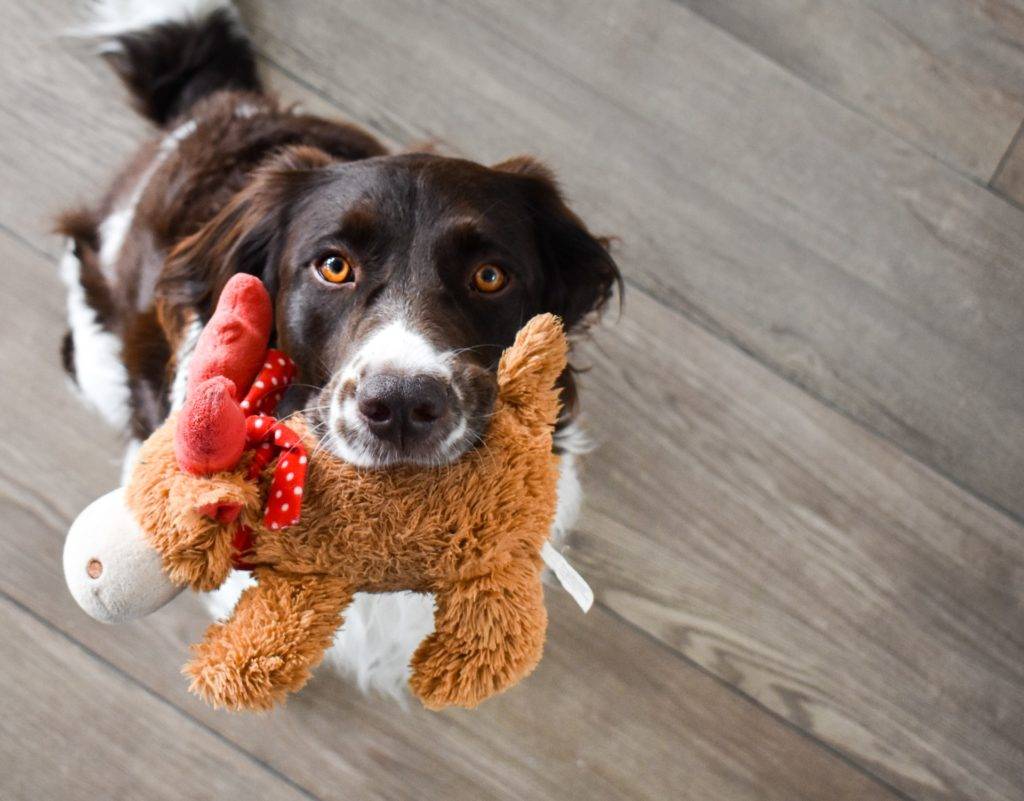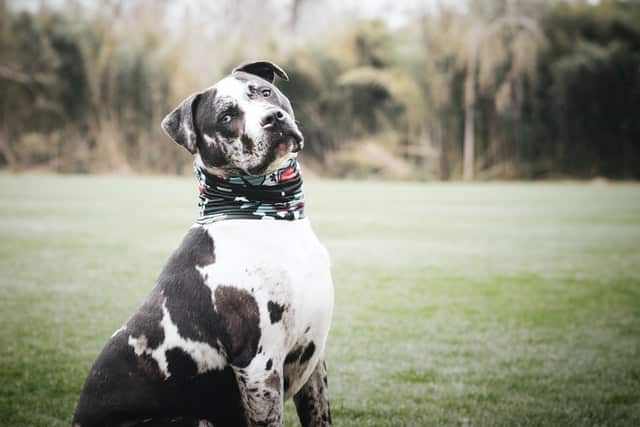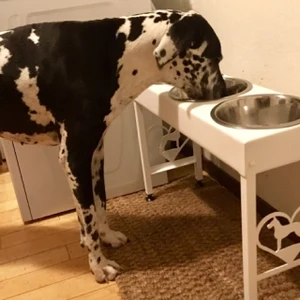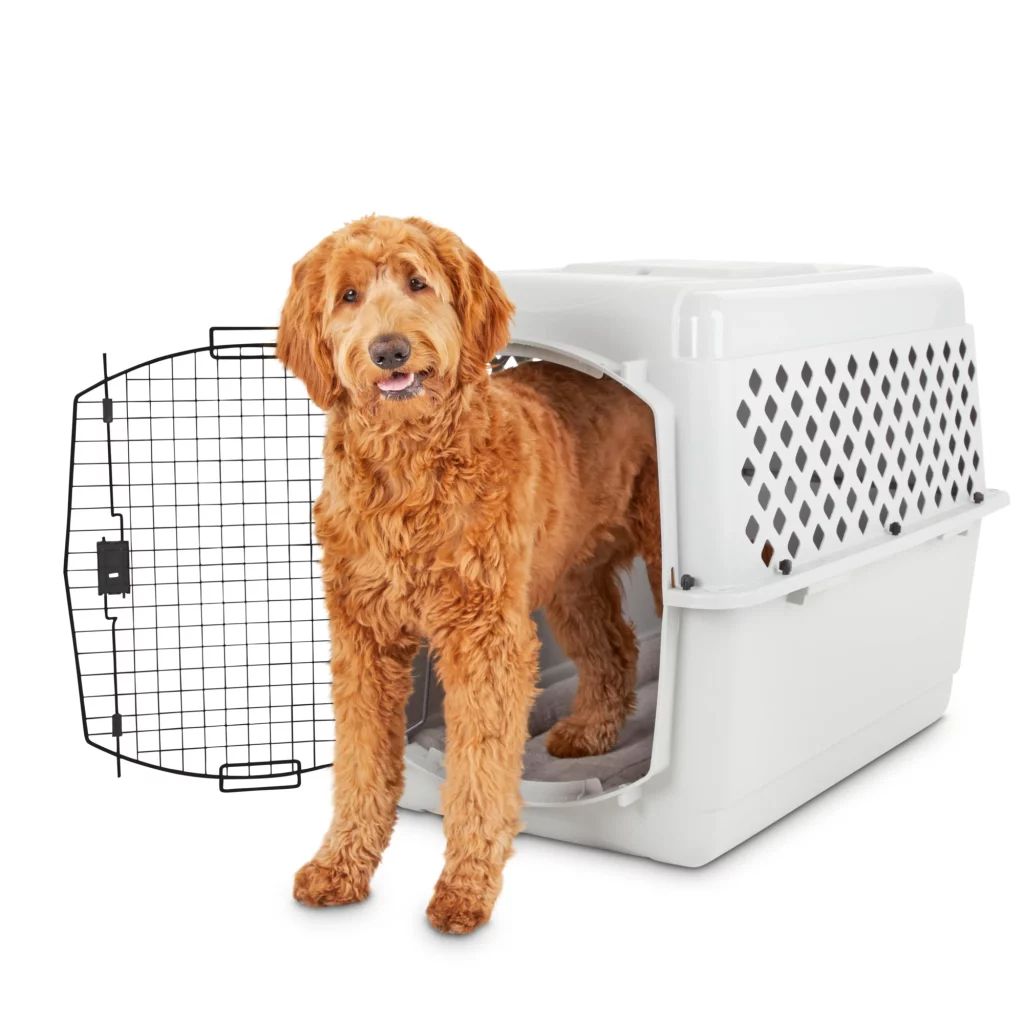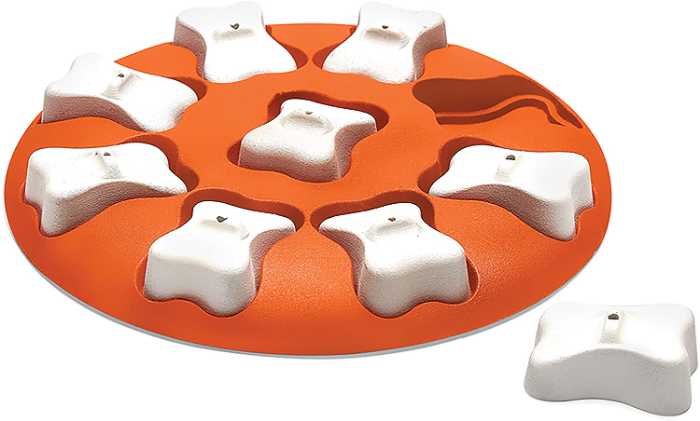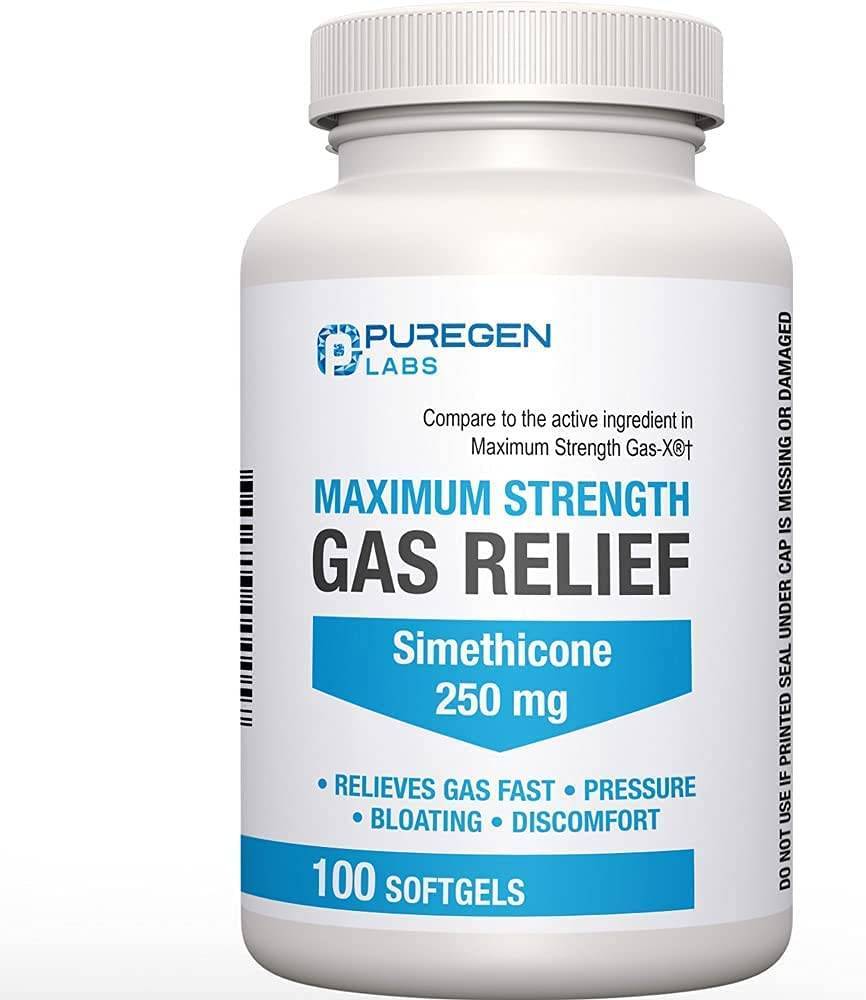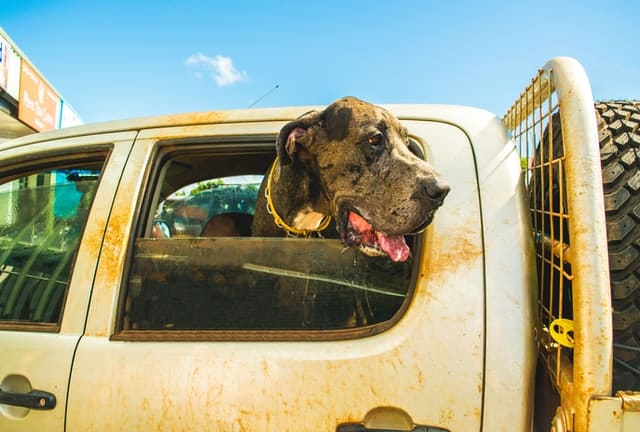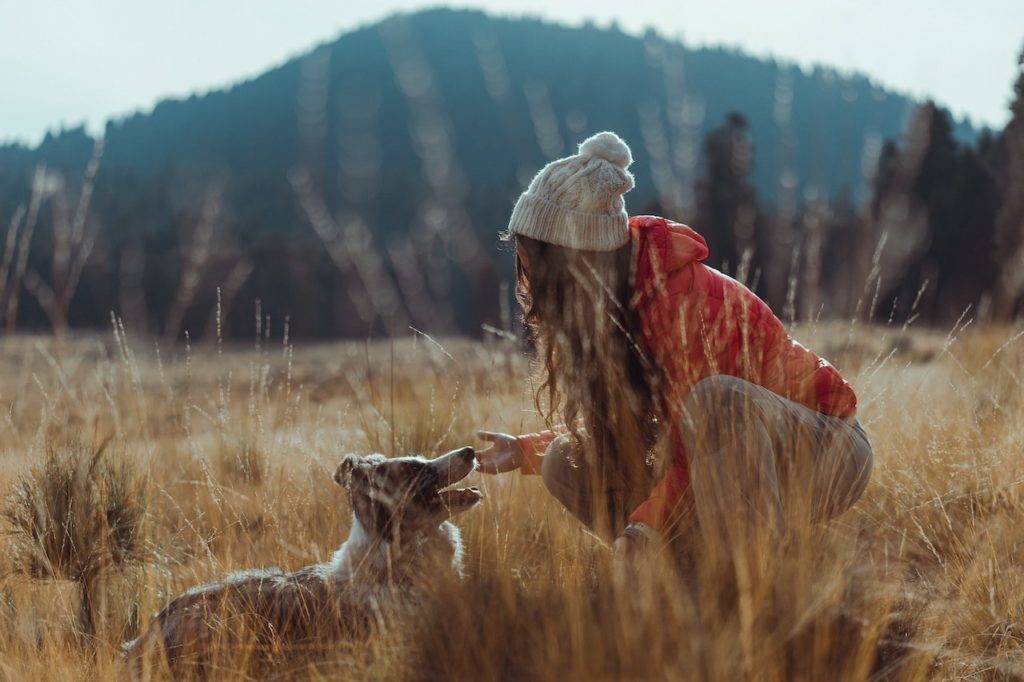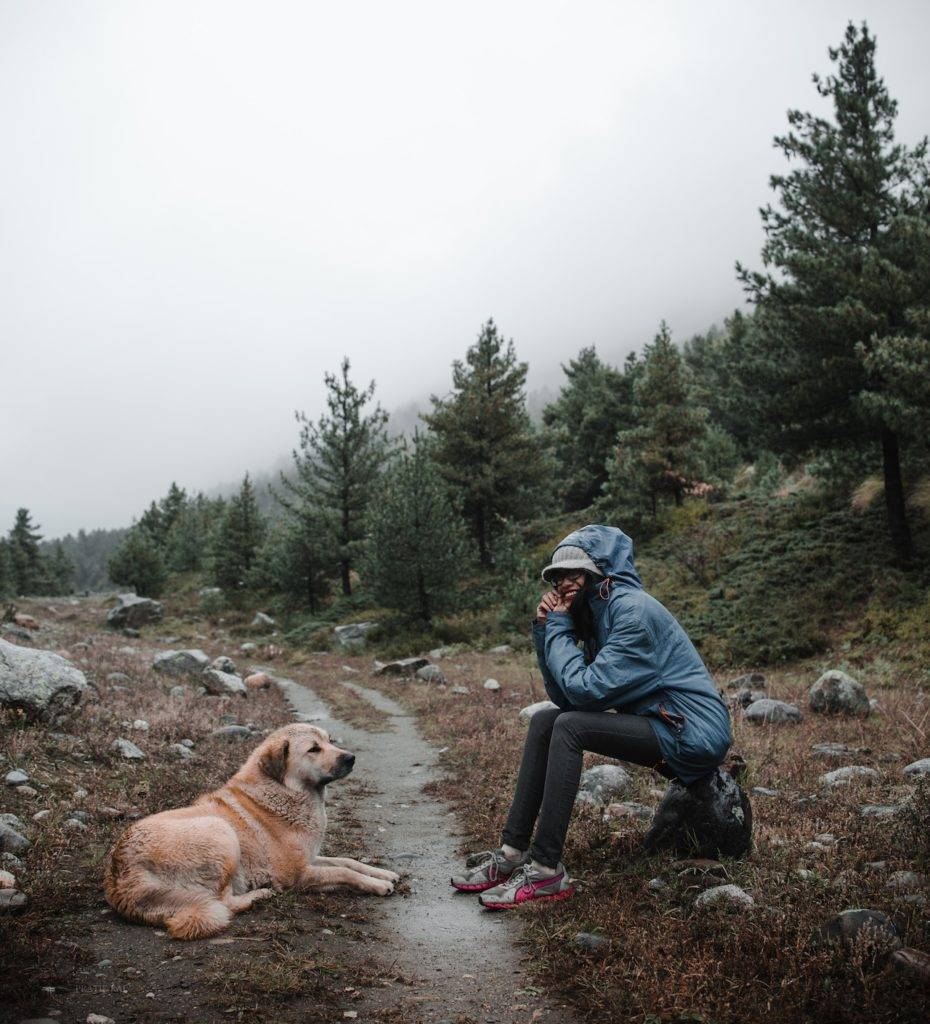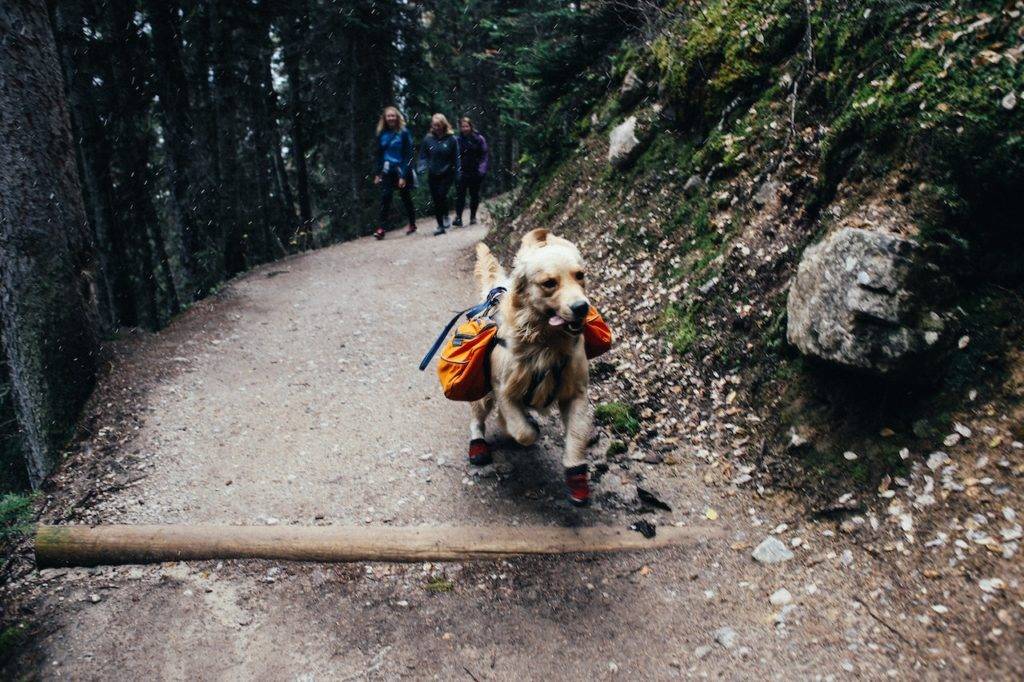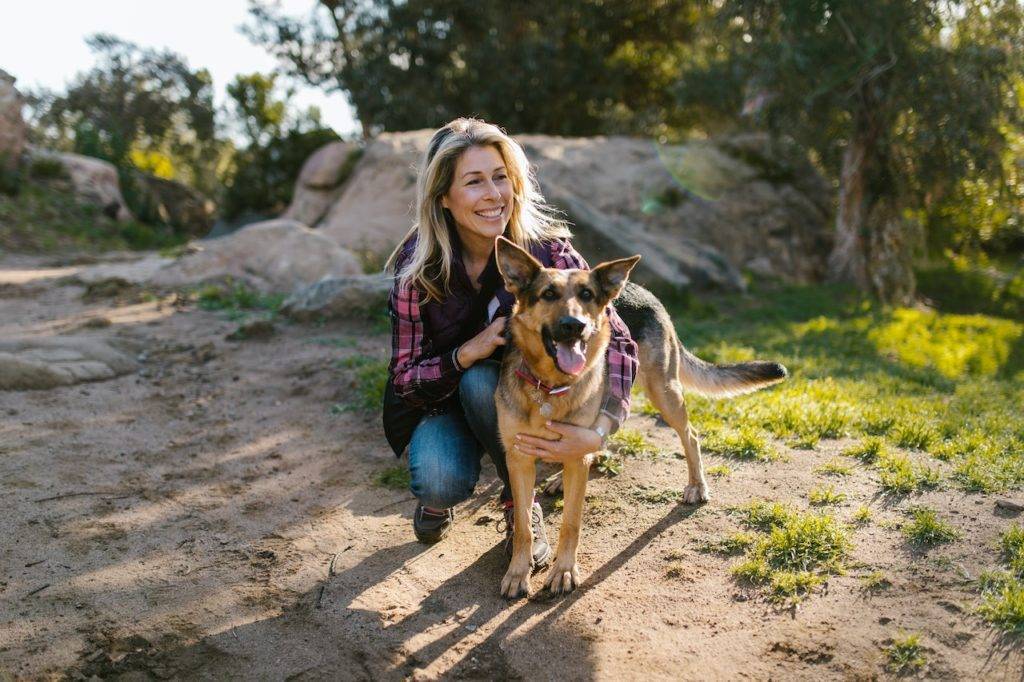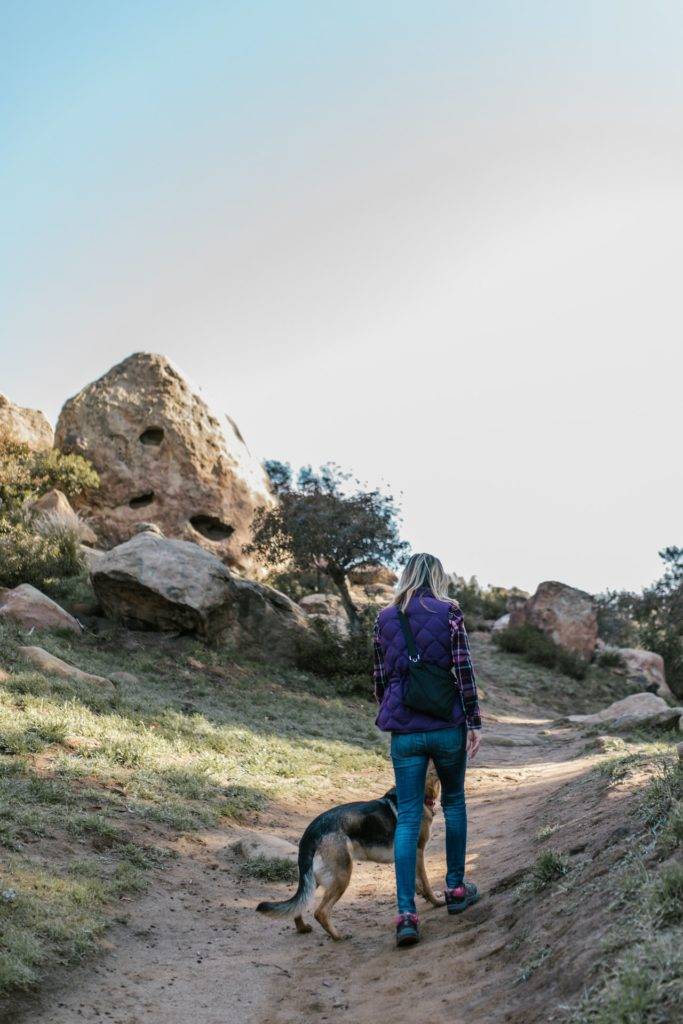I’m going to go there. We need to talk about Euro Danes.
I will preface this by mentioning that I believe, fully, that every dog deserves love and a home. No dog should be cast out because it doesn’t fit some mold we’ve created. As a matter of fact, both of my Danes are true underdogs. Love the dog in front of you.

What is a Euro Great Dane?
The term ‘Euro’ is used to describe Great Danes with a certain look. These are the traits commonly associated with the ‘Euro’ Dane:
- Shorter and more stocky build
- Larger head
- Lower Energy/calmer
- Huge jowls
- Excess drool
- Droopy face
- Extra skin/baggy
- Large chest
- Saggy eyes, redness
- Overall heavier frame
Many people love and prefer the ‘Euro’ look in Great Danes, and purposefully seek it out when choosing a breeder.
What Does Euro Mean in Great Danes?
Great Dane breeders that sell ‘Euro’ Great Danes typically make it very clear on their websites and social media that their puppies are ‘Euro’ or have a percentage of ‘Euro’ in them.

Are Euro Great Danes European?
Many breeders will import ‘Euro’ Great Danes from other Countries for their program, however, ‘Euro’ Great Danes aren’t actually a reliable or accurate representation of actual European dogs.
If we look at the written standards for Great Danes, both ‘American’ (GDCA) and ‘European’ (FCI) Great Danes are nearly identical.
If a breeder is breeding dogs according to the written standards outlined by nearly every Country (including Europe, the U.S. and Canada), they look like Great Danes, Apollo dogs. Not the ‘Euro’ Great Danes as we know them.
Bad Breeders
Scam Breeders: What to Look For
Breeders: Shady Business
Should I Choose a Breeder or Rescue?
(BELOW: European fawn and brindle Great Danes. Notice that they are not refined nor are they too droopy).
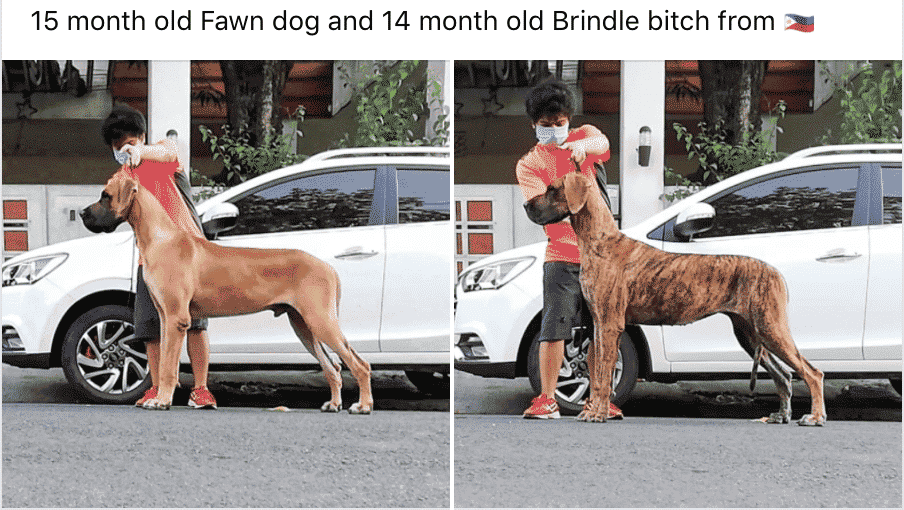
Many European breeders that follow the written standard for Great Danes are understandably frustrated that the word ‘Euro’ has been attached to dogs from their Country, effectively changing the overall perception of what European dogs actually look like.
Well Bred Standard Great Danes in Europe don’t actually look like this droopy Euro dog below.
If they do, it’s because the breeder is breeding off-standard ‘Euro’ Great Danes, not because they are ‘European’.
The trend of ‘Euro’ look dogs is happening all over the world and is even pervasive in other breeds such as Dobermans
Off Color and Designer Great Danes

An obese Great Dane with droopy eyes that was likely sold as ‘Euro’
‘Euro’ vs. ‘American’ Great Danes
Great Danes were originally bred in Germany, and it is believed that they were a cross between English Mastiffs and Irish Wolfhounds or other sighthounds.
A bred to standard Great Dane is neither ‘hypertype’ nor is it ‘hypotype’.
Many people believe that ‘American’ Great Danes are too refined. However, a well-bred Great Dane that meets the written standard is a large, robust dog!
Hypertype: Mastiff-like features, large, stocky, ‘Euro’
Hypotype: Refined features, lacking substance
Every breeder and Great Dane owner will have an aesthetic preference, and some variance of the standard is normal depending on the pedigree.
‘Euro’ and ‘American’ are simply marketing terms that indicate a dog was bred out of standard.

There is a problem in desiring those things without regard to the overall health of the breed and the dog being purchased and without regard to the time-tested Apollo Great Dane breed type.
Euro, the Catch-All
The term ‘Euro’ has become a catch-all for dogs that are overweight, heavy, stocky, and often very poorly structured.
CONTROVERSIAL STATEMENT TIME:
Somehow, breeders have made the term ‘Euro’ sound desirable.
The word ‘Euro’ is most often used by backyard breeders and often as a means to glorify or justify breeding dogs that often (though not always) have serious structural and health faults.
Because there is no written standard for a ‘Euro’ Dane, there are no checks and balances. This is a key point.

Health, structure and temperament problems abound in Great Danes, and it all comes back to unethical breeding practices in both standard breeders and ‘Euro’ breeders.
With the term ‘Euro’, anything goes.
When a breeder imports a ‘Euro’ Dane to use in their breeding program, they often believe (as do the buyers) that being ‘Euro’ is enough to merit that dog as quality breeding stock.
What we are seeing in the popularity of Euro Danes is a progressive issue that is absolutely devastating to the Great Dane breed.
Euro Danes are becoming more and more ‘Euro’, and are looking less and less like actual Great Danes.
Euro Dane Health Problems
Great Danes are giant breed dogs that absolutely need solid structure and good basic conformation to live a comfortable life.
Backyard breeders produce dogs who are susceptible to fearfulness, aggression, joint issues, cancer, bloat, and heart disease.
Bad Breeders
Scam Breeders: What to Look For
Breeders: Shady Business
Arthritis in Great Danes
What is Bloat?
Can You Prevent Bloat?
Stomach Tacking: Pros and Cons
Bloat and Gut Health
The Scary Bloat Timeline
This is the reason we have written standards (checks & balances); for the overall health and longevity of the breed.
Euro Great Danes often suffer from:
- Cherry eye, entropion, vision obstruction
- Painful joints and mobility issues
- Obesity, allergies, infections & skin problems
- Wobblers & other genetic disorders related to structure & movement
- Flat feet, cow hocks, weak rear & front
- Roach & other topline problems

Recently we’ve begun seeing ‘Euro’ Danes that are so droopy that they cannot see because excess skin obstructs their eyes.
The older they get, the more gravity does its job and the more likely they are to suffer from additional irritation and other preventable eye problems.
The Great Dane written standard (both European and American) state essentially that eyes “shall be medium size, deep set, and dark, with a lively intelligent expression. The eyelids are almond-shaped and relatively tight, with well developed brows. Haws and Mongolian eye(s) are very serious faults.
Roached backs, flat feet and cow hocks are also not uncommon in ‘Euro’ Great Danes.
Fat Great Danes are not healthy nor are they normal. Fearful, anxious or ‘protective’ temperaments are not actually in line with the breed standard either, however, all of these things tend to be ‘common’ among breeders that promote ‘Euro’ litters.
We cannot justify these health problems by saying that ‘It’s ok, he’s Euro‘. Being ‘Euro’ does not make it ok for a dog to be heavy, unable to see or struggling to move gracefully.

A ‘Euro’ Great Dane with Droopy Eyes that may require surgical intervention

A standard Great Dane with normal eyes

EURO %
Many breeders focused on ‘Euro’ type Great Danes will indicate that their puppies have a specific percentage of ‘Euro’.
Short of actually genetically testing every puppy in a litter, it’s impossible to definitively state how much of the ‘Euro’ lineage one dog may have received from its ancestors.
This is a sneaky marketing tactic meant to make ‘Euro’ puppies sound more desirable and appealing than Great Danes that have a long pedigree of beautiful standard well-bred dogs.
Ethical breeders care very much about health and structure before droop.

CHAMPION LINES
Some breeders will say that their dogs, Euro or otherwise come from ‘Champion lines’.
Tread cautiously with this. Ask to see pedigrees and the titles that were awarded. Anybody can put a bunch of ‘Euro’ Danes into a weekender ‘dog show’ and award made up ‘champion titles’. The exotic ‘European’ names may be an additional draw.
Not all breed and pedigree registries are created equal. Unfortunately, this practice may in some ways dilute the value of a true AKC or Canadian Kennel Club Champion titled dog.

THE APOLLO OF DOGS
A well-bred Great Dane from parents with a quality, studied pedigree is an absolutely stunning dog.
They are elegant, athletic, robust, large, and have incredibly stable and confident temperaments.
Some breeders are highly focused on preserving and improving the original Great Dane Breed type.
They study their pedigrees and work to actively minimize and eliminate congenital and genetic problems in the breed, including bloat, wobblers, heart disease, eye problems and more.
This is the work of a quality, ethical and thoughtful breeder.
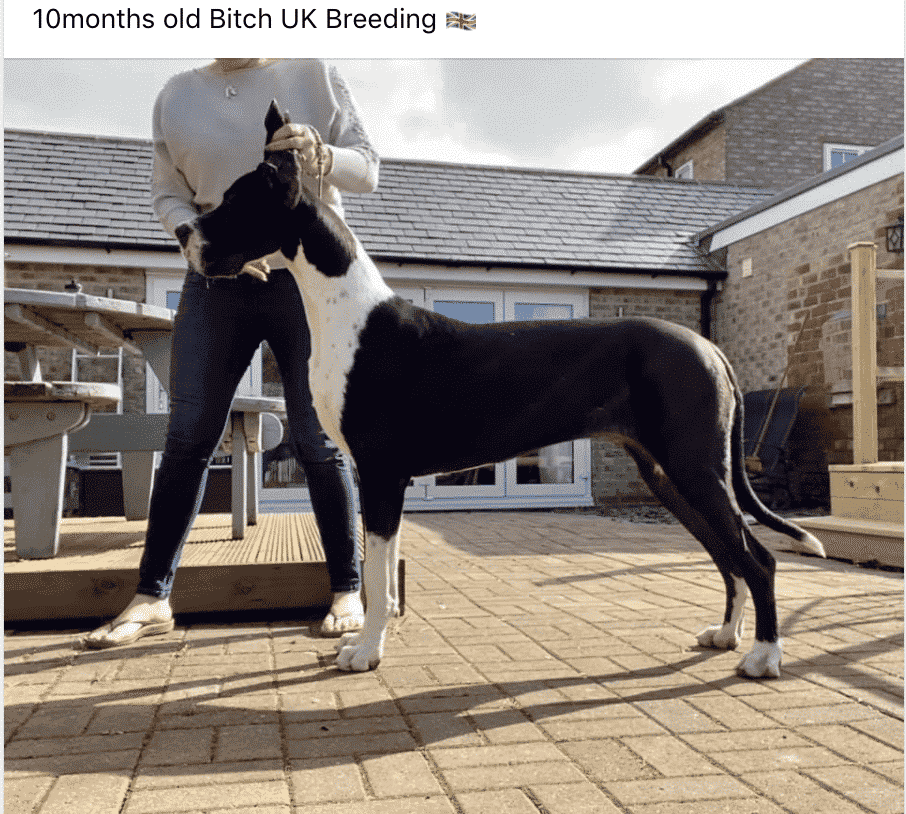
If you are interested in more of the ‘Euro’ look in Great Danes, make sure you are choosing breeders that first truly care about health, structure and longevity.
It may seem exotic and unique to import a dog or to choose a dog from imported lines, but we encourage you to take a good look at what ‘Euro’ actually means.
A little extra droop in the jowls is one thing, but hiding poor genetics and breeding practices behind the word ‘Euro’ is another.
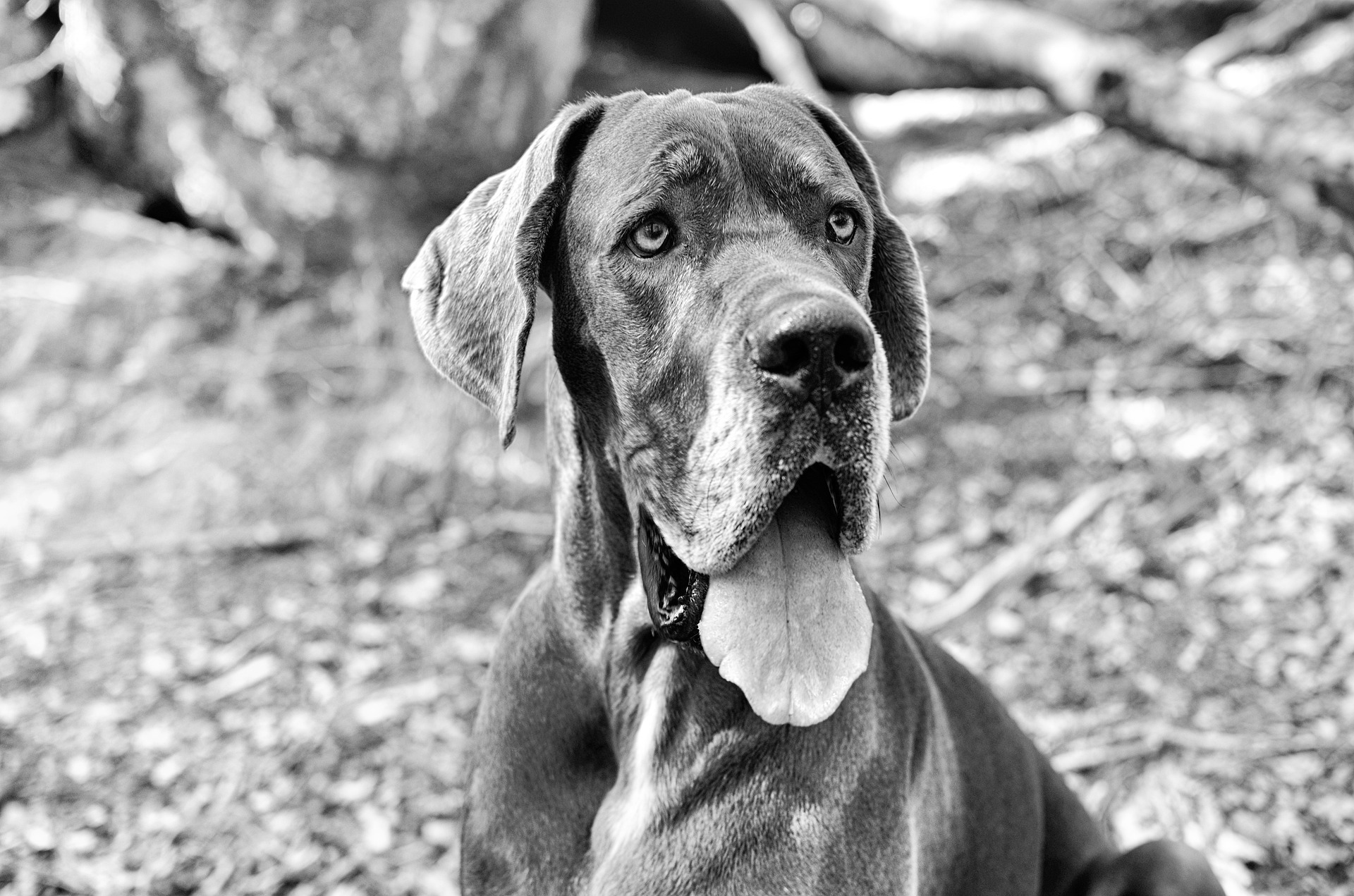
HOW TO FIND A REPUTABLE GREAT DANE BREEDER
Look for and verify:
- Full health testing of both dam & sire, including x-rays, echocardiogram, eye exam and blood panels in addition to genetic screening.
- Focus on health and temperament, including bloat, cancer, eye problems and heart problems
- Puppies stay with the breeder until 8 weeks of age and are thoroughly and thoughtfully socialized (Puppy Culture or otherwise).
- A contract & owner education.
- Lifetime breeder support and a return contract that keeps Danes out of rescue.
We encourage you to be patient and thoughtful when searching for a breeder for your next Great Dane, especially if what you want is purposefully bred out of standard in some way (designer color, ‘Euro’, mixed breed Dane, etc.).
GREAT DANE RESOURCES
This list of resources will be helpful to you if your idea of ‘Euro’ vs. ‘American’ Danes has been challenged by this article! We are here to educate and help:
The Great Dane Club of America Written Standard
The FCI (European Written Standard)
The Federation of Deutsche Dogge Clubs
The Great Dane Club of Canada Written Standard
The Time Traveler (Book, the History of Great Danes)
The Apollo of Dogs – Great Dane Preservation Society Group on Facebook
Great Dane Conformation Clinic Group on Facebook
READ MORE
Miniature Great Danes: The ‘Pocket’ Version of a Great Dane

JOIN OUR COMMUNITY
Do you like modern positive+balanced off-leash dog training, science-based information, life with Danes, educated ownership and chatting with other like-minded people?
Join our growing Facebook group!


